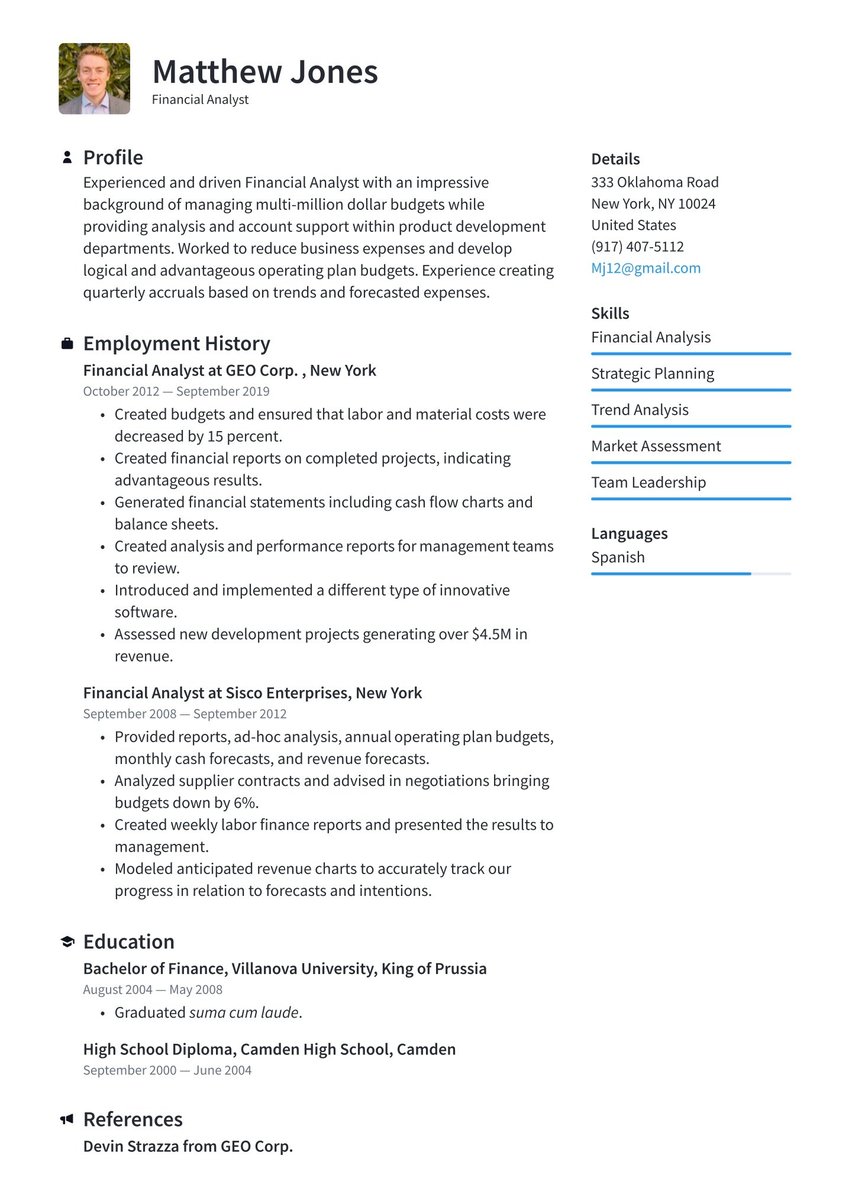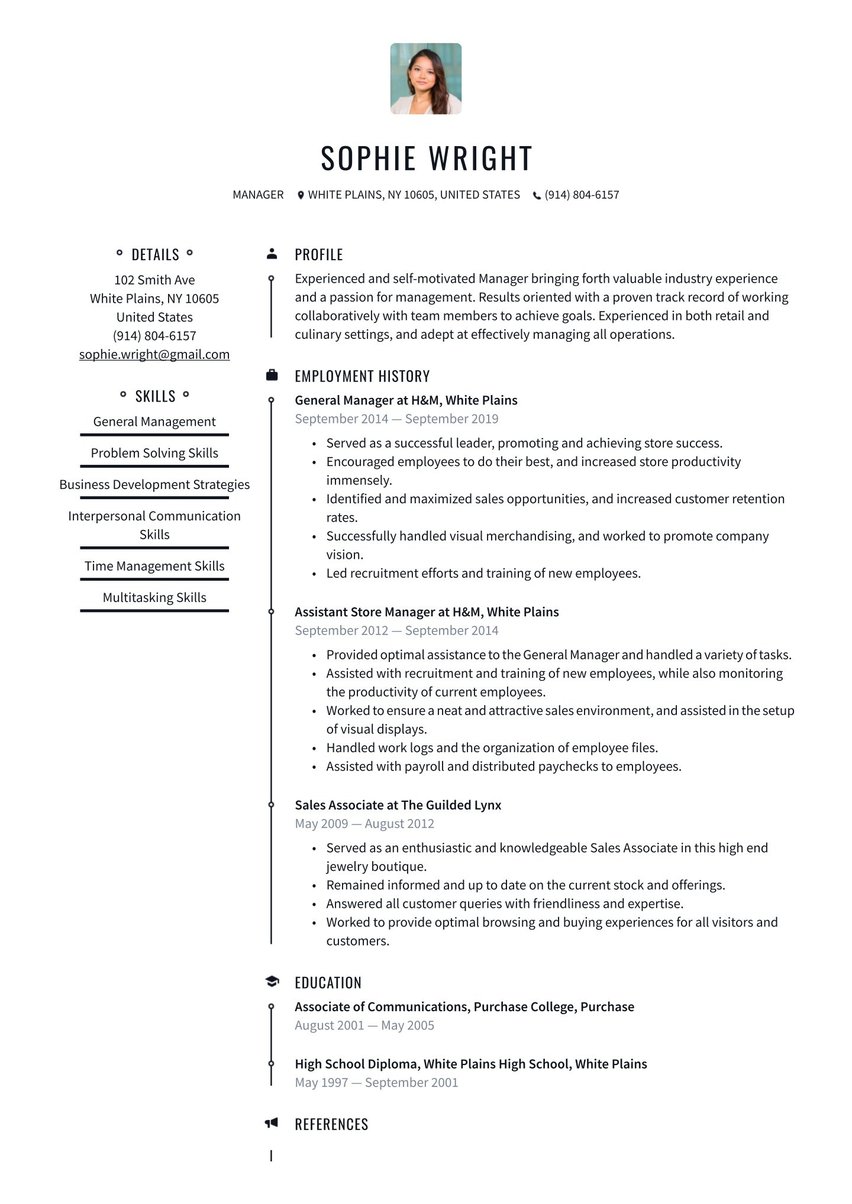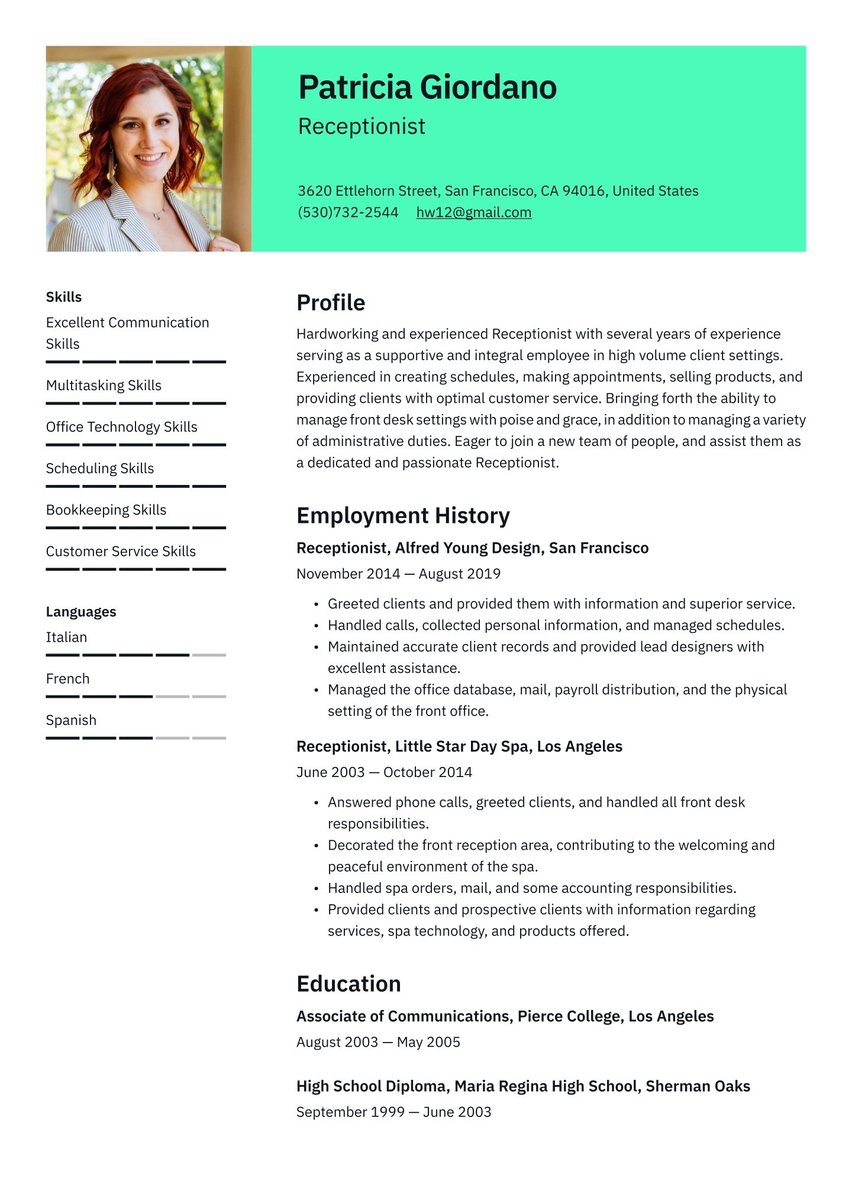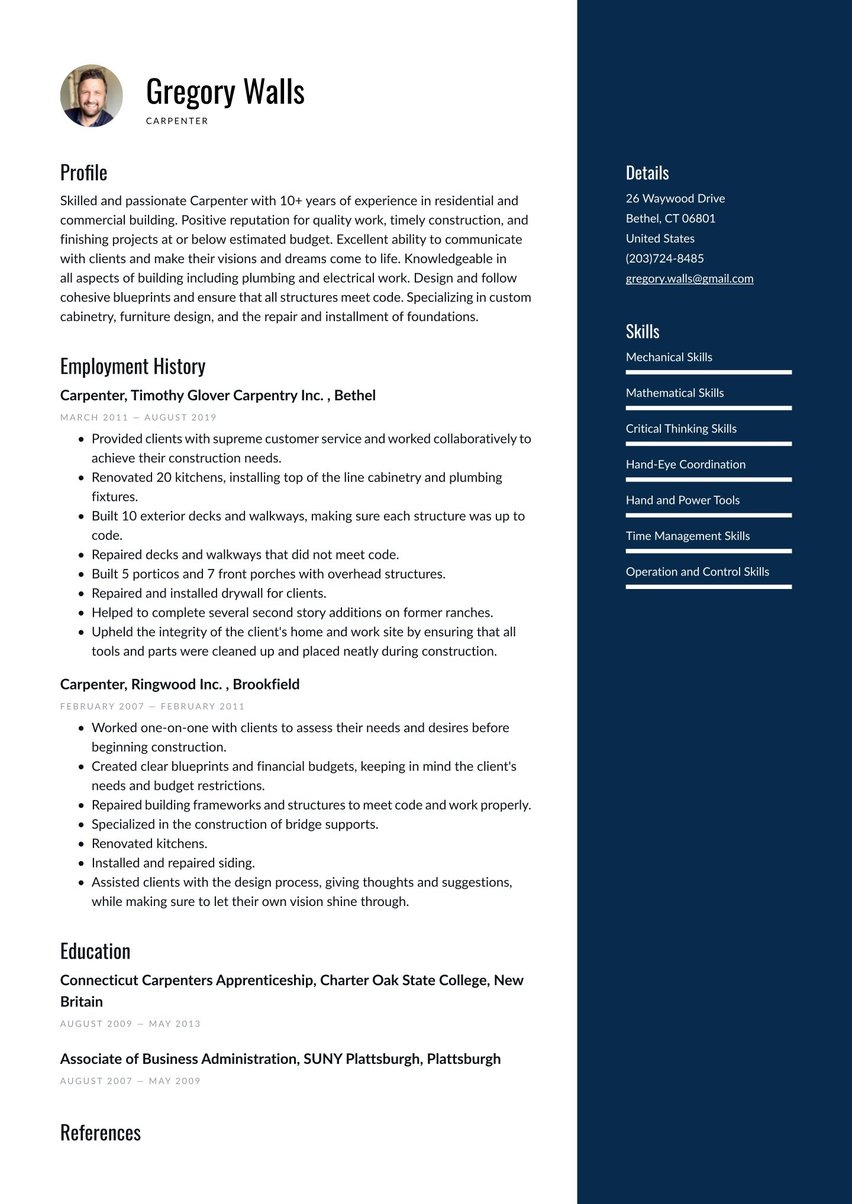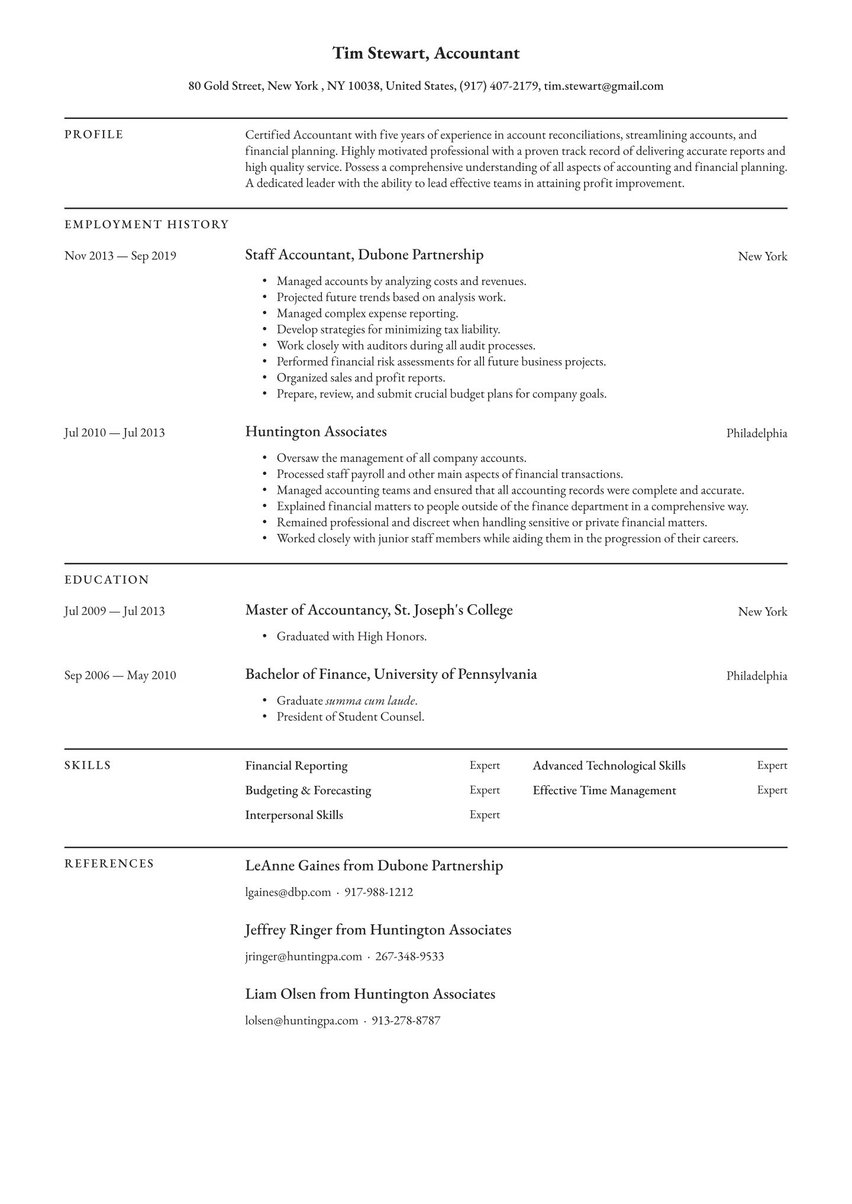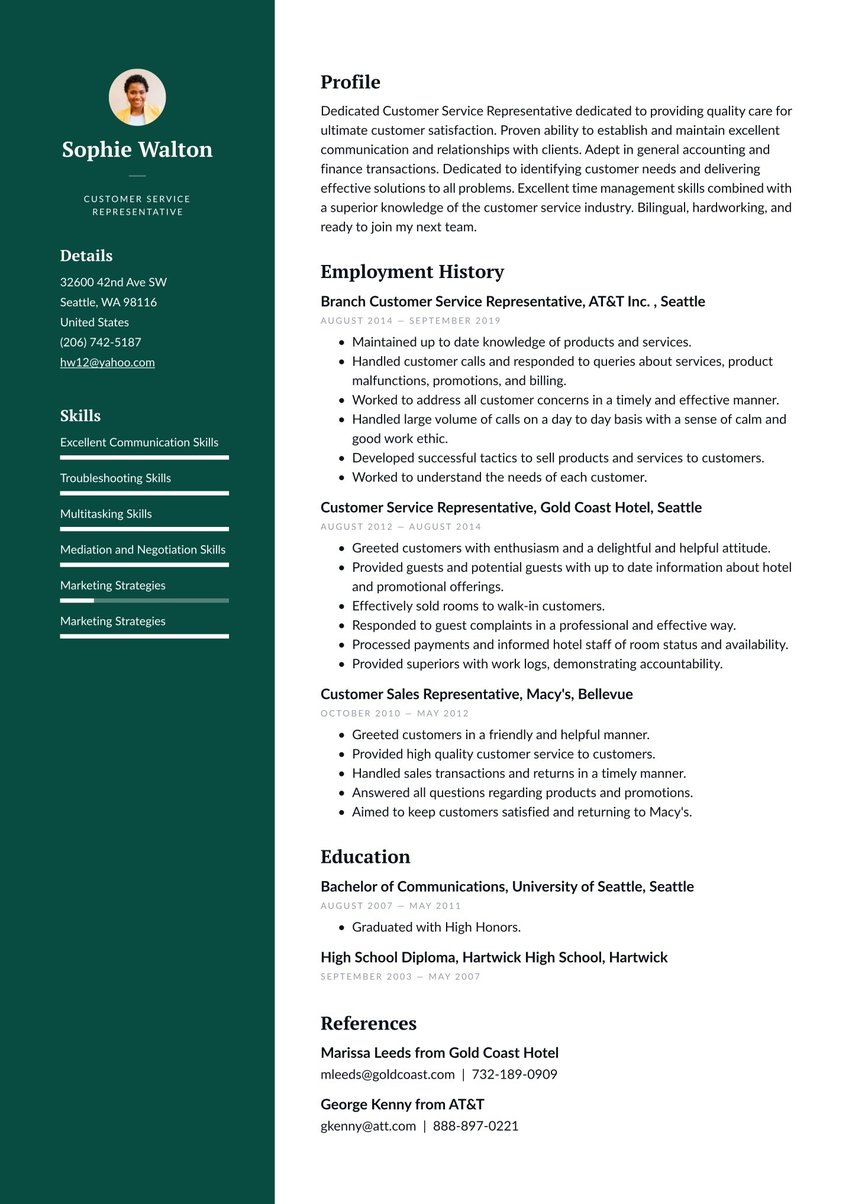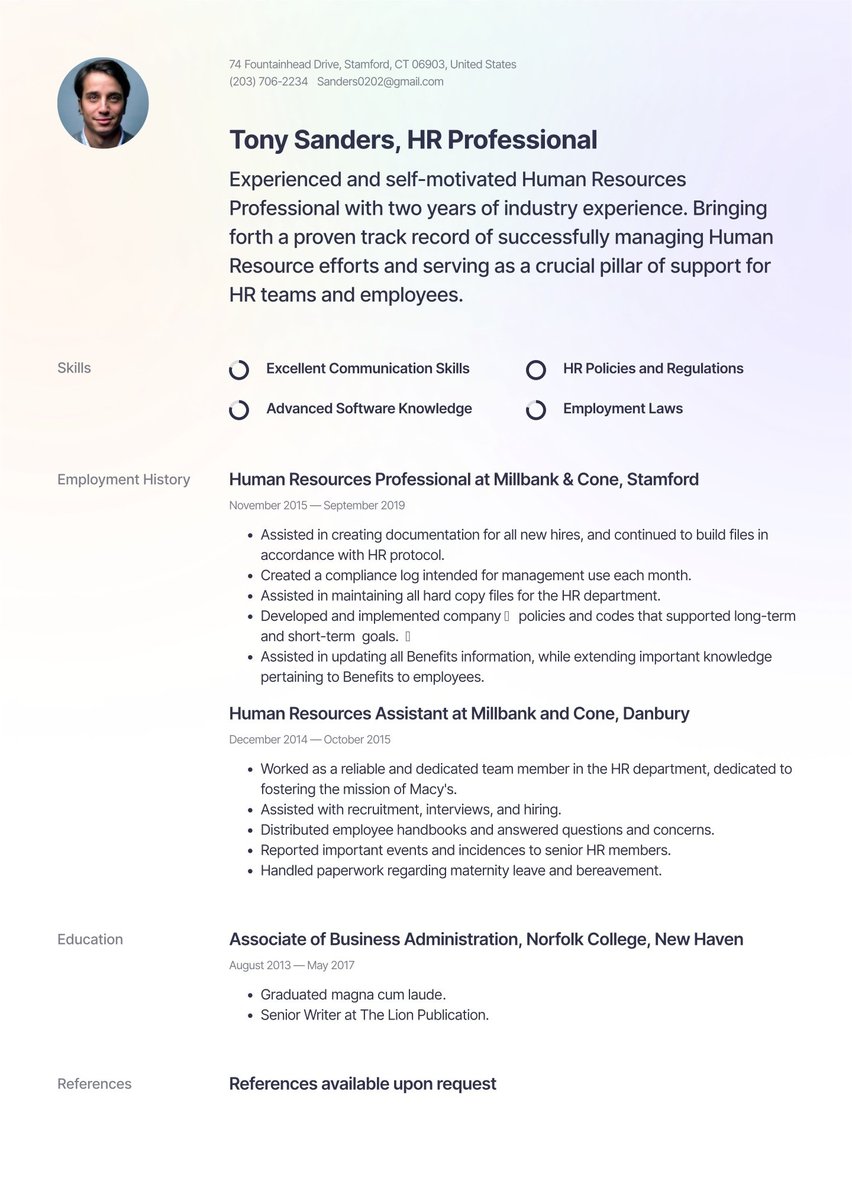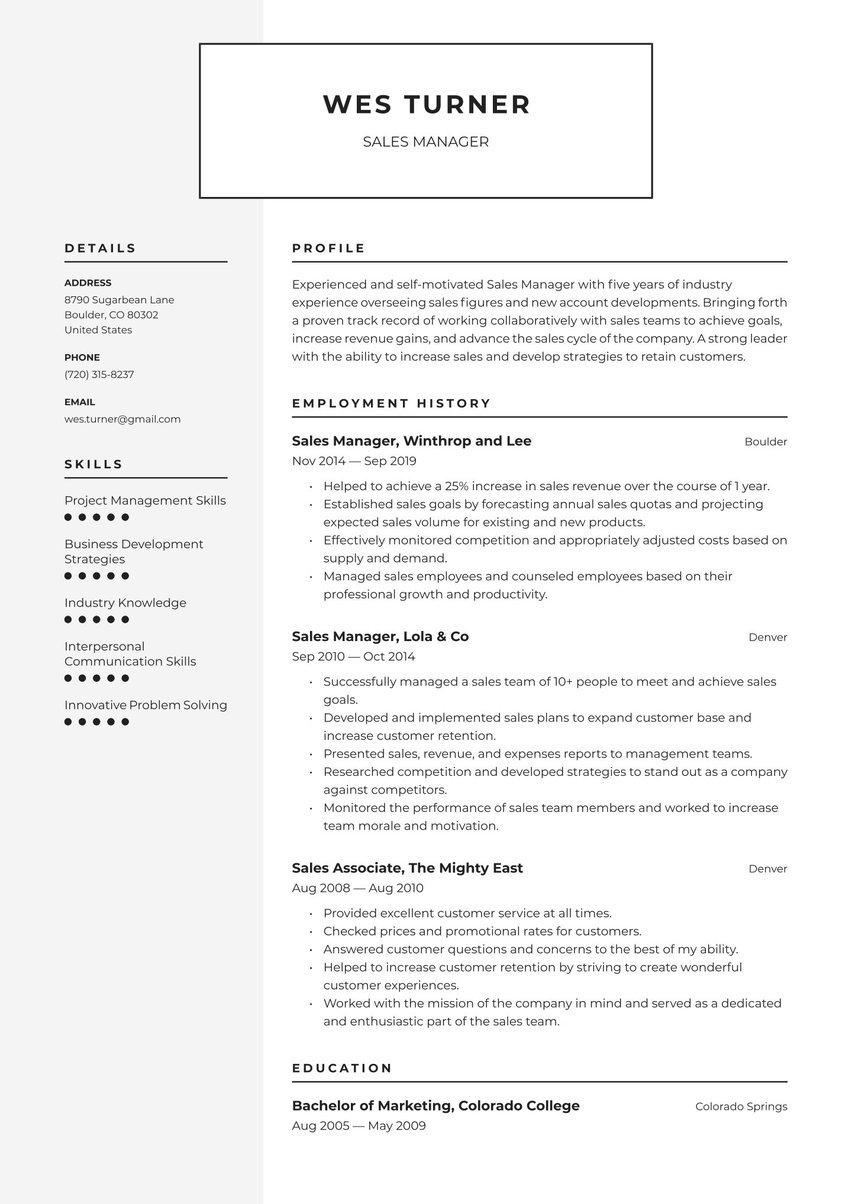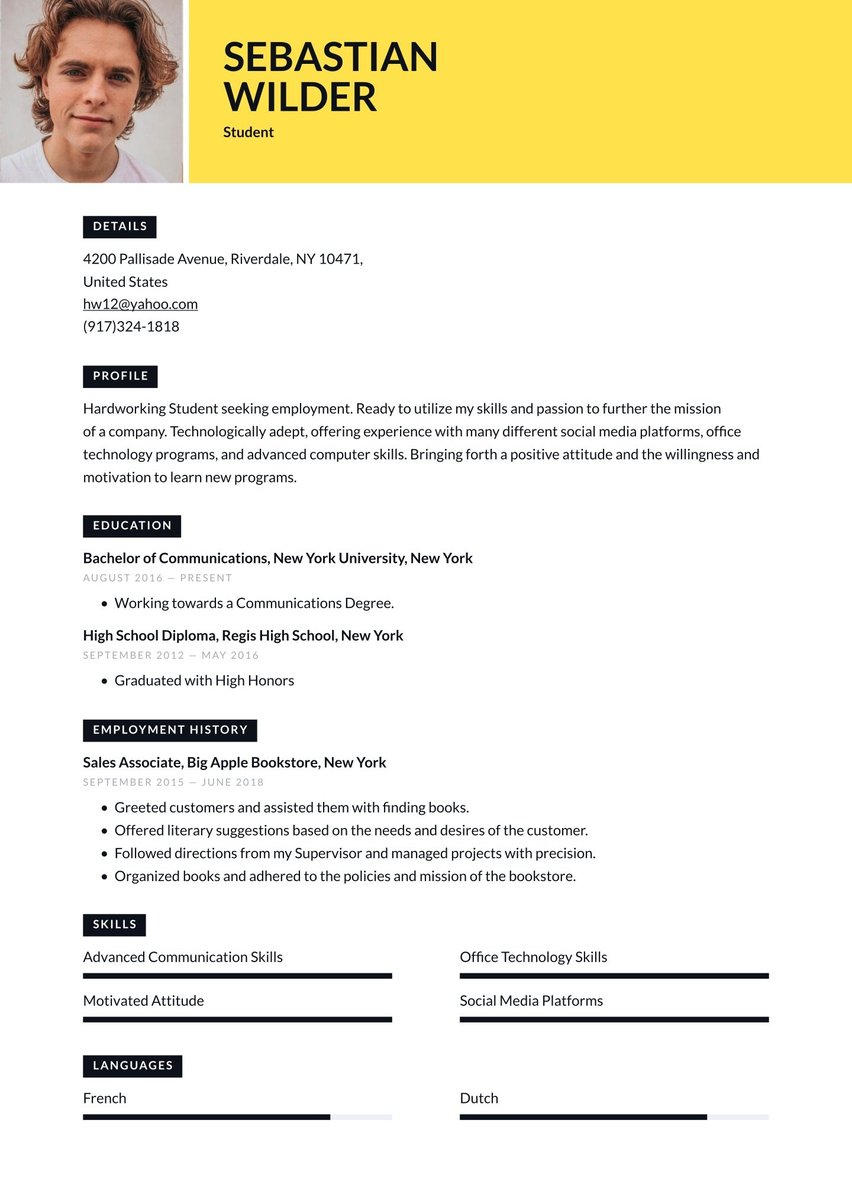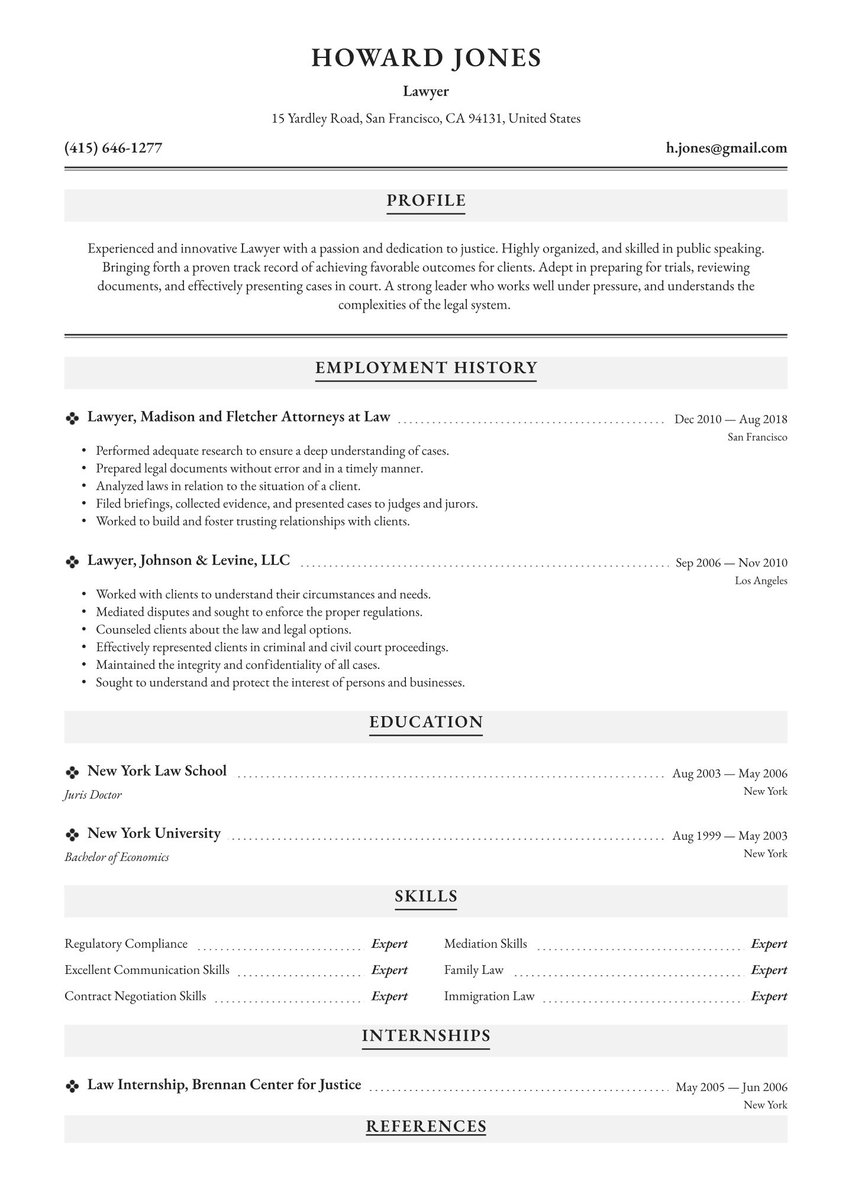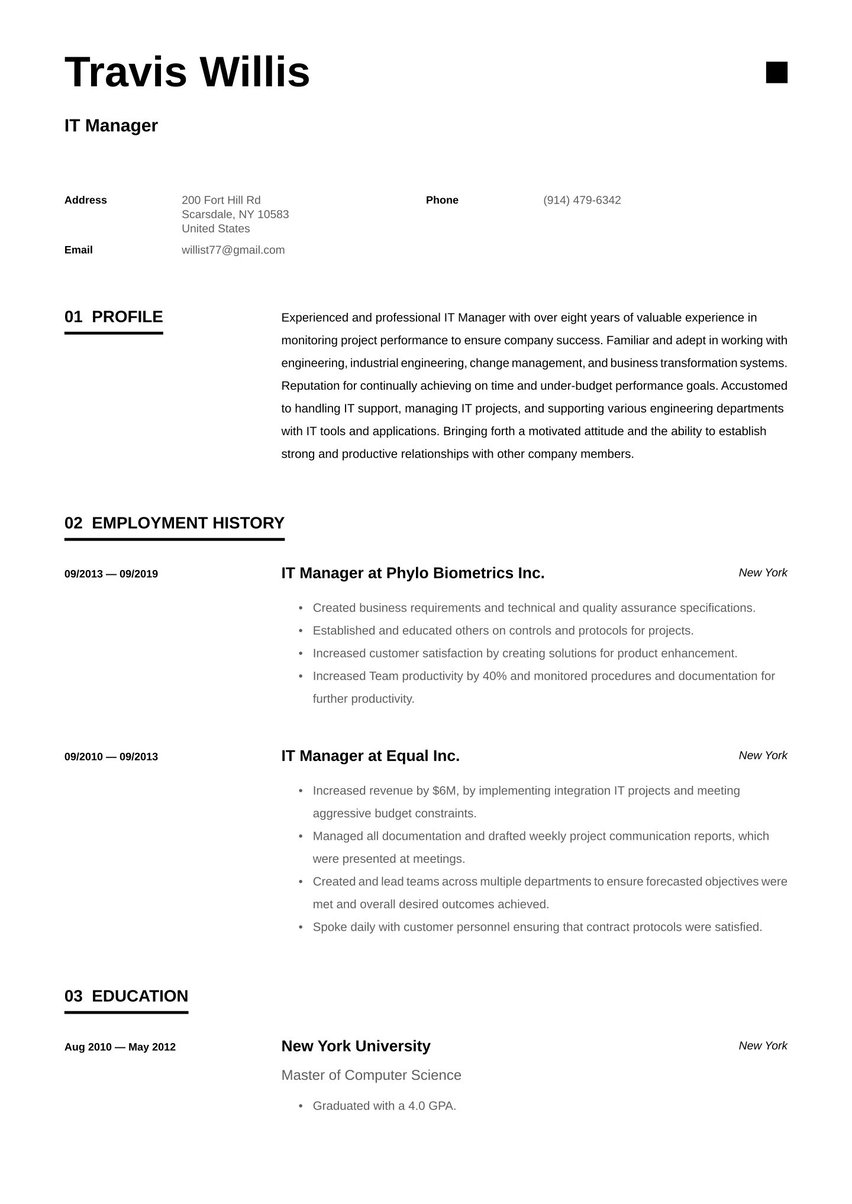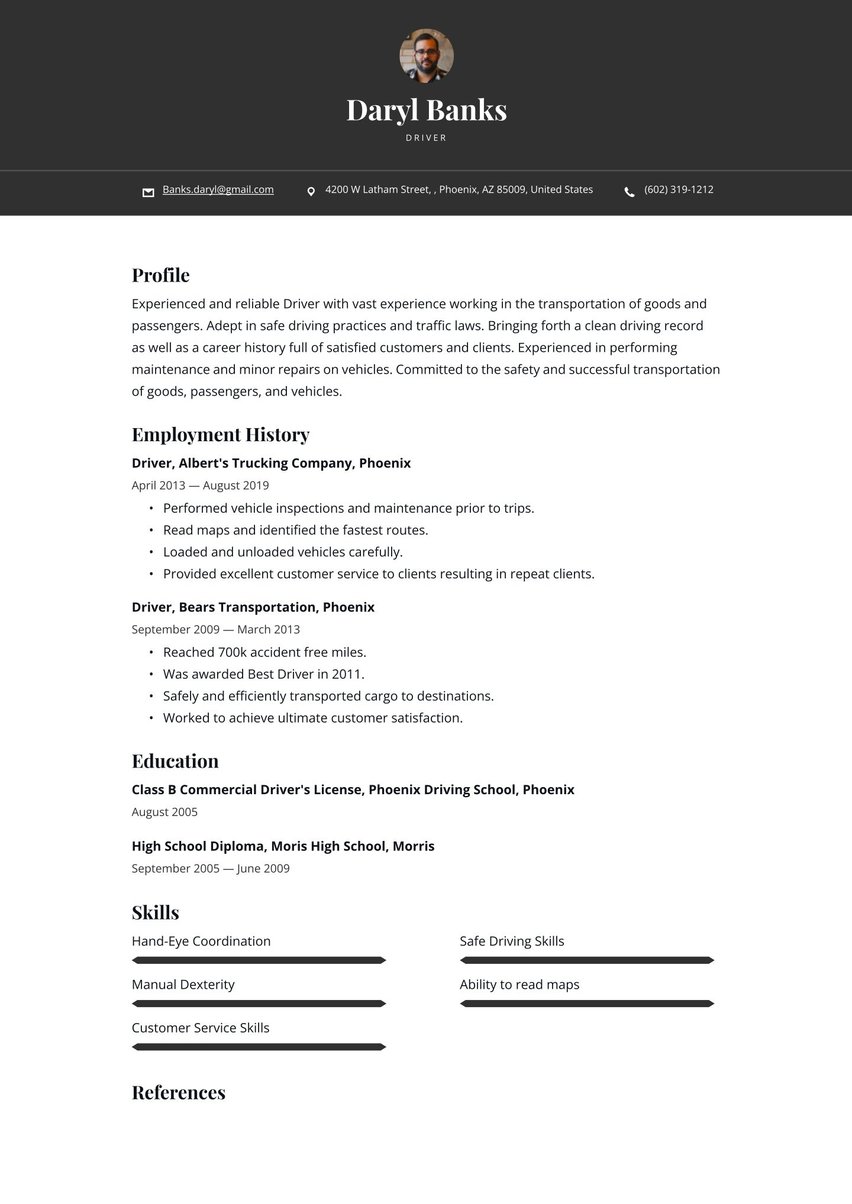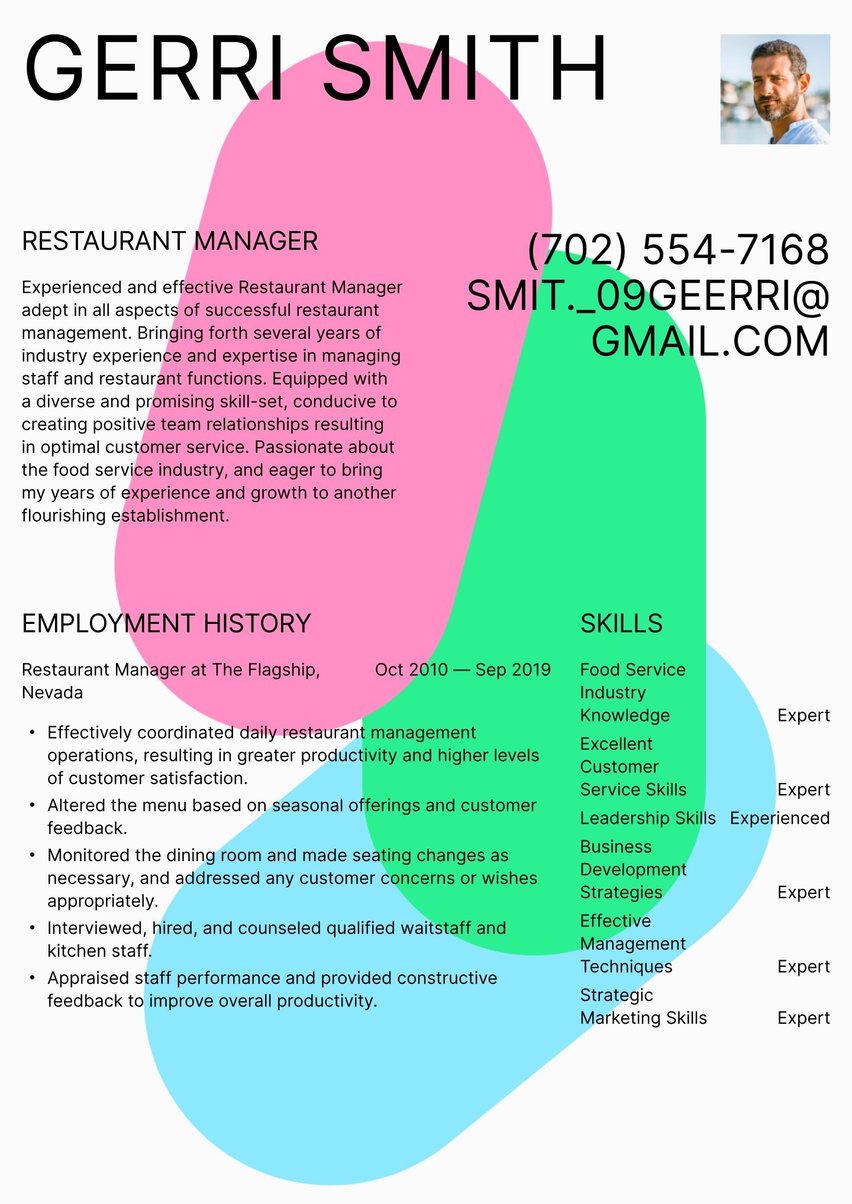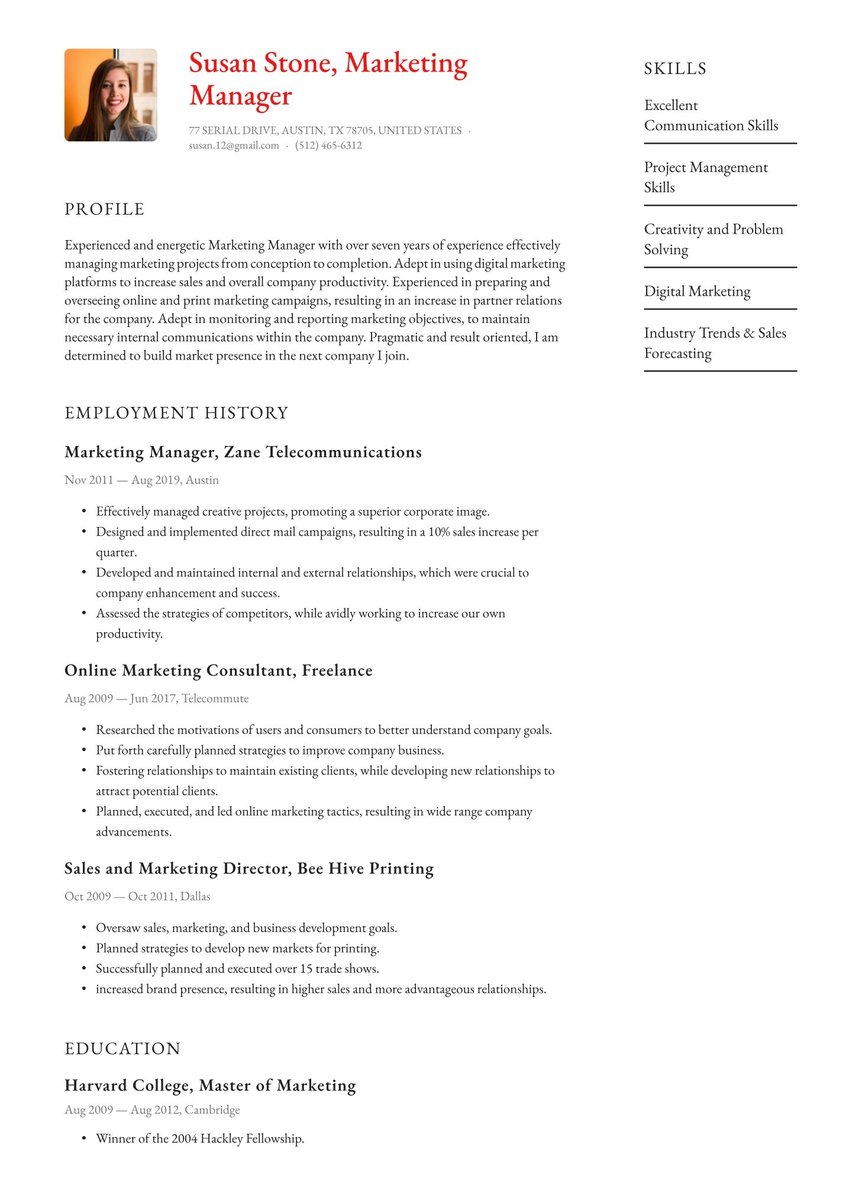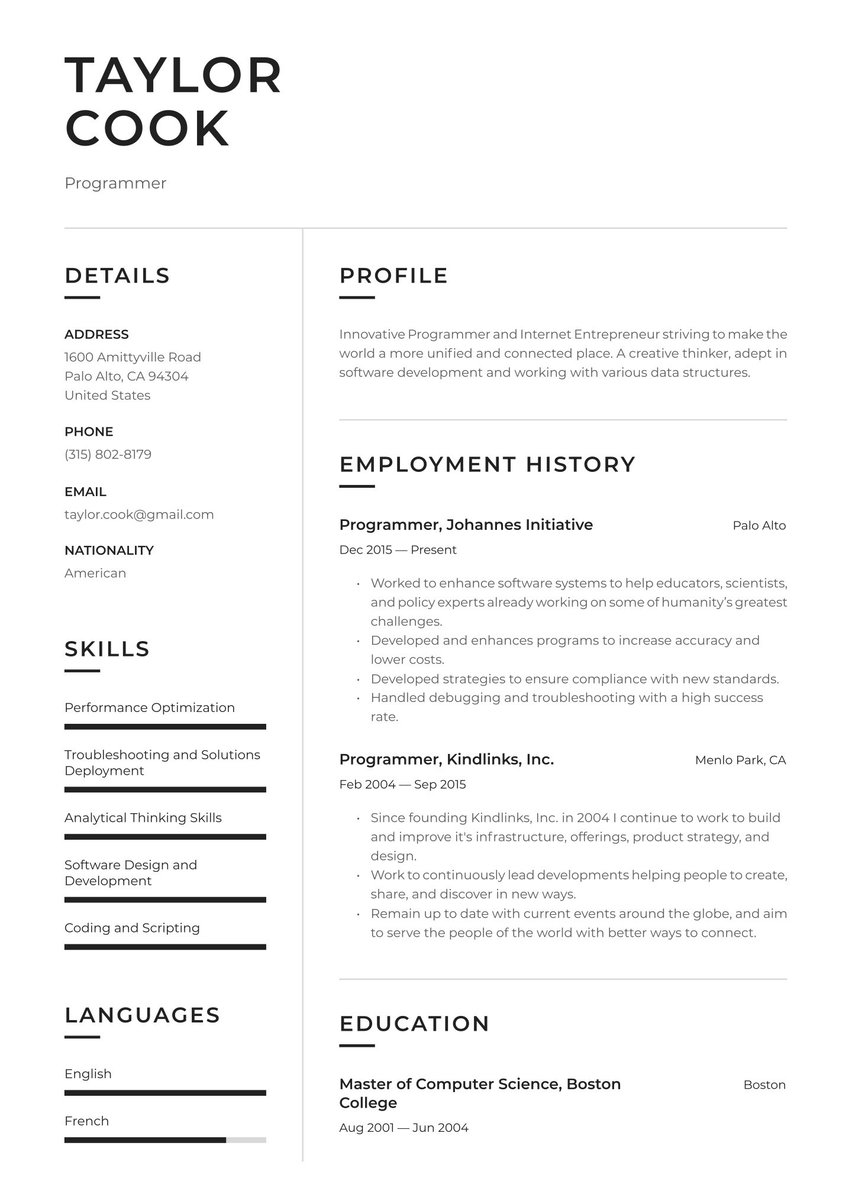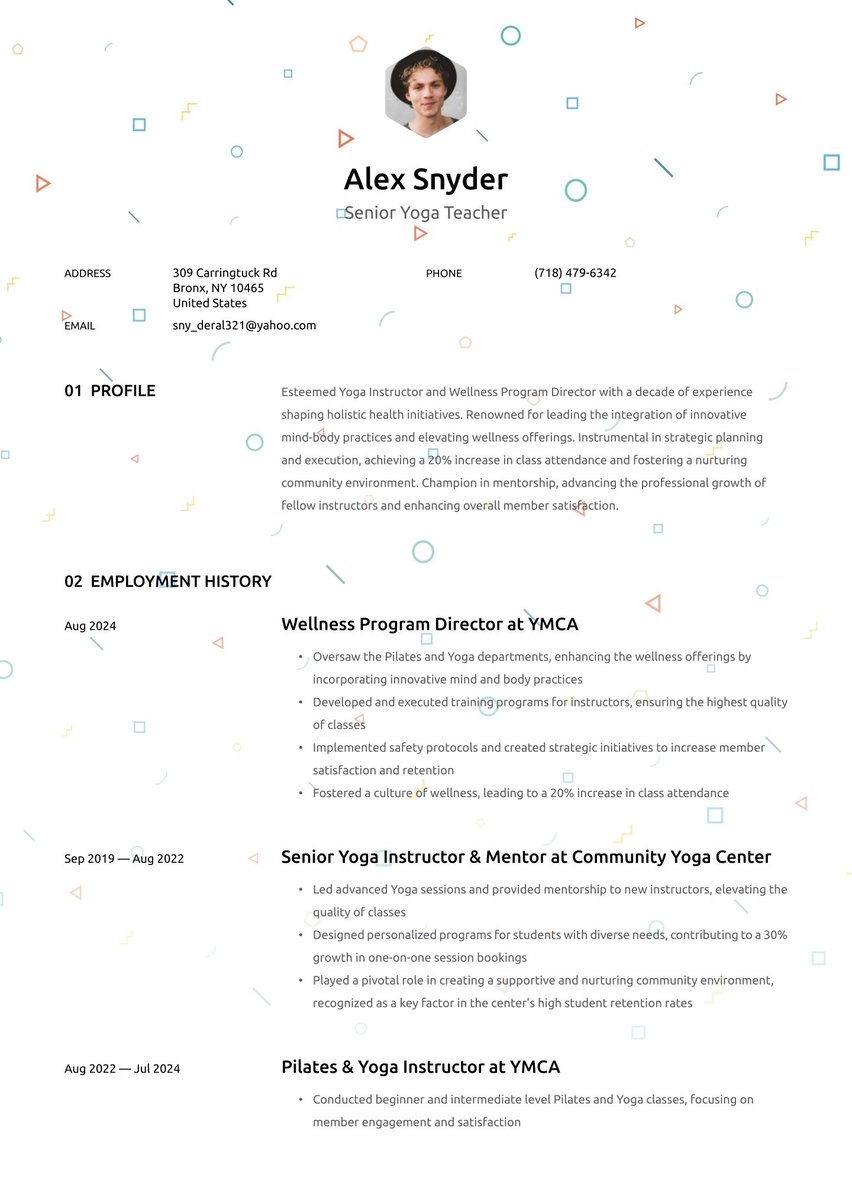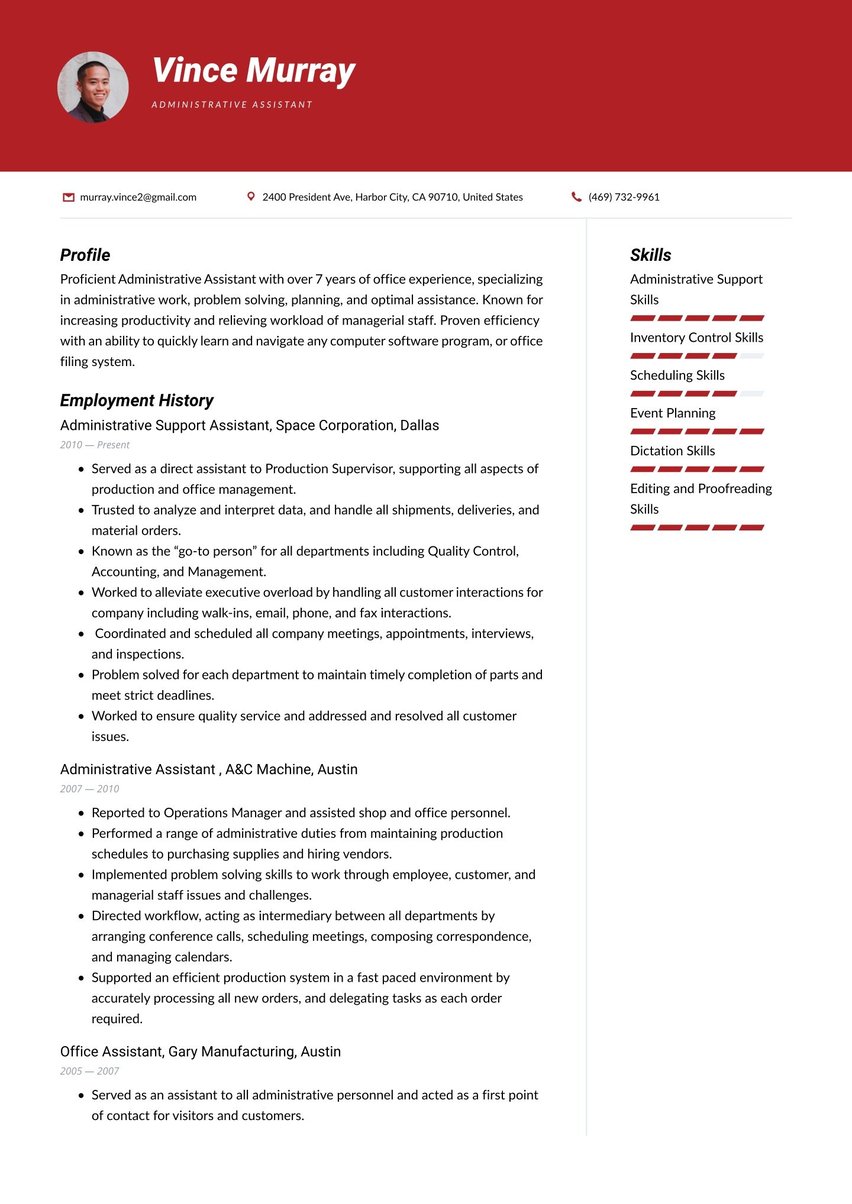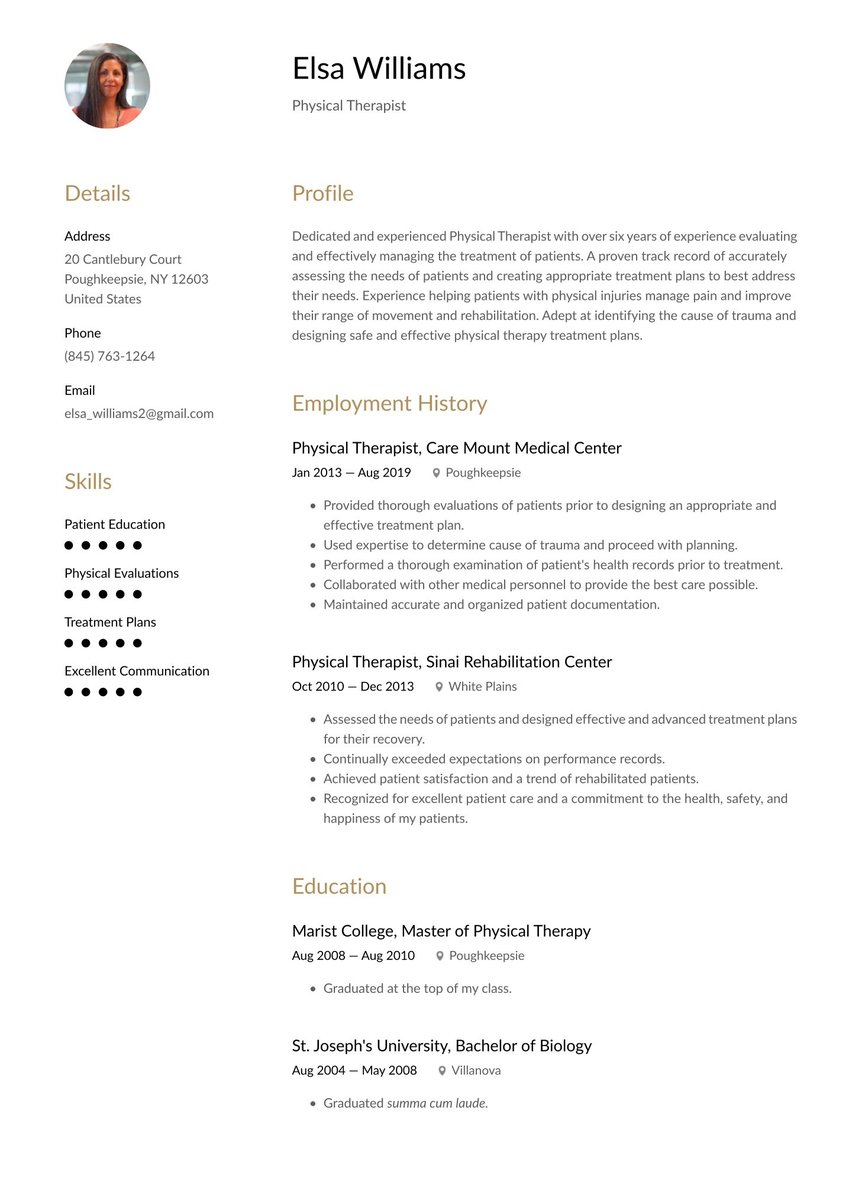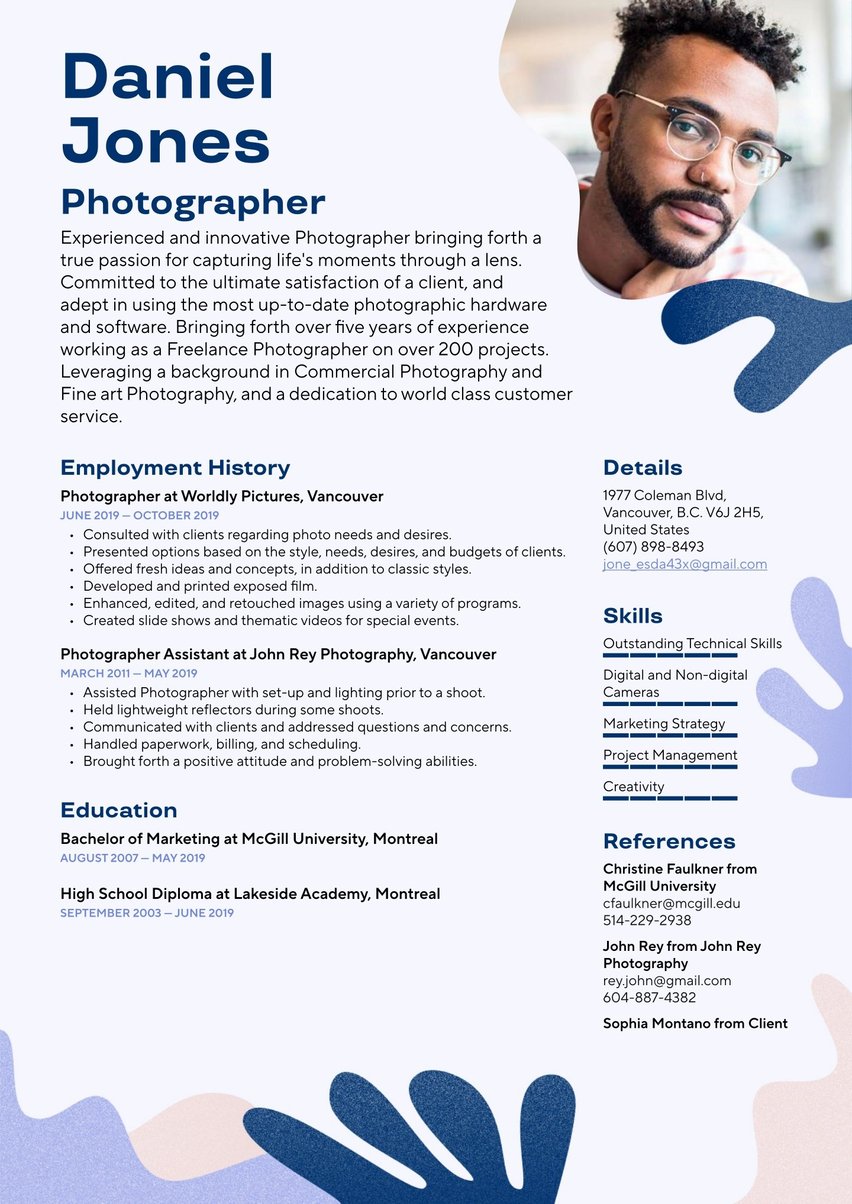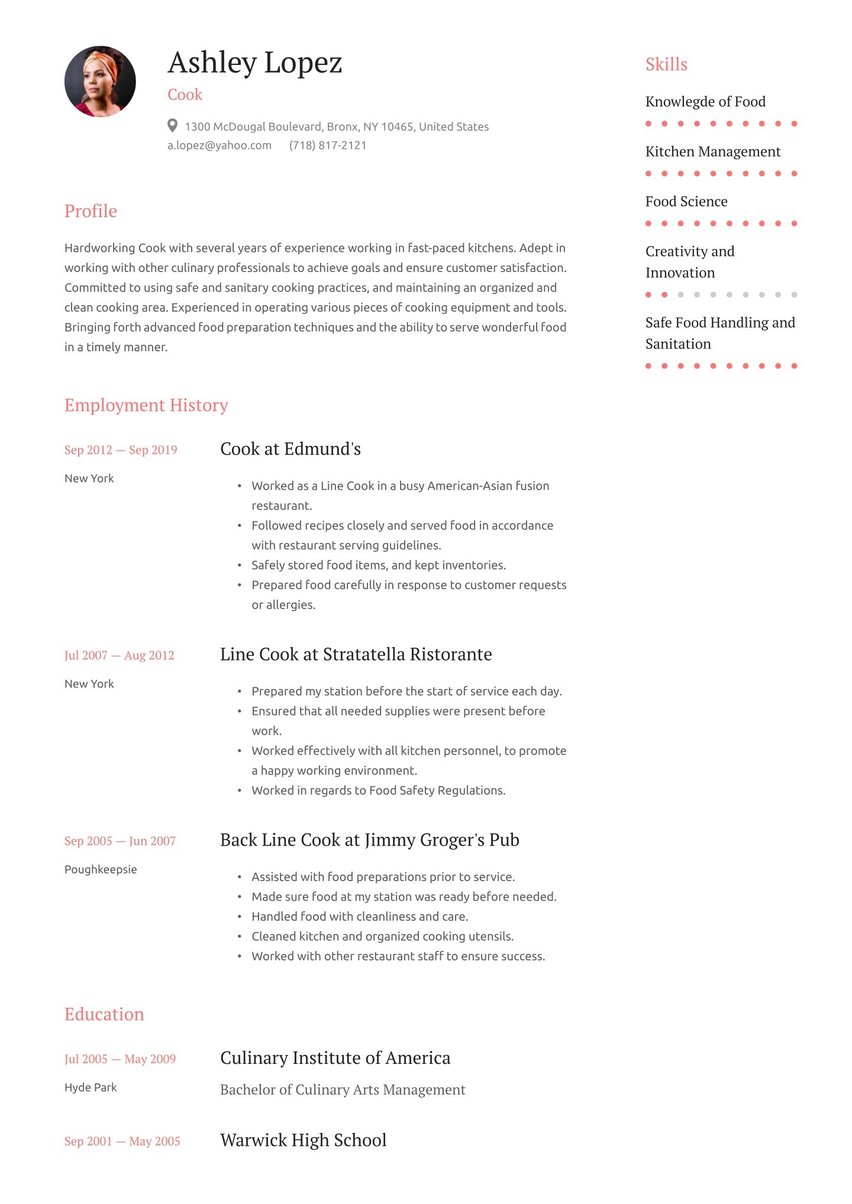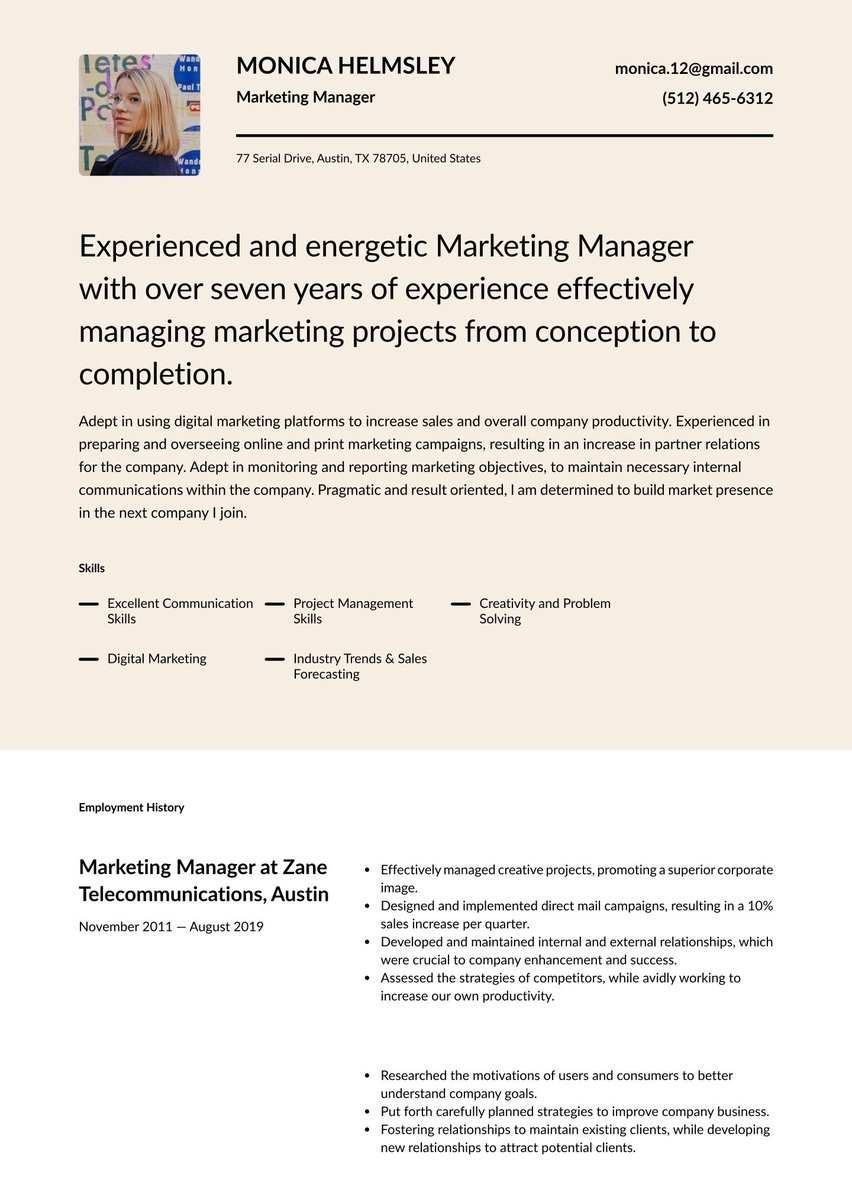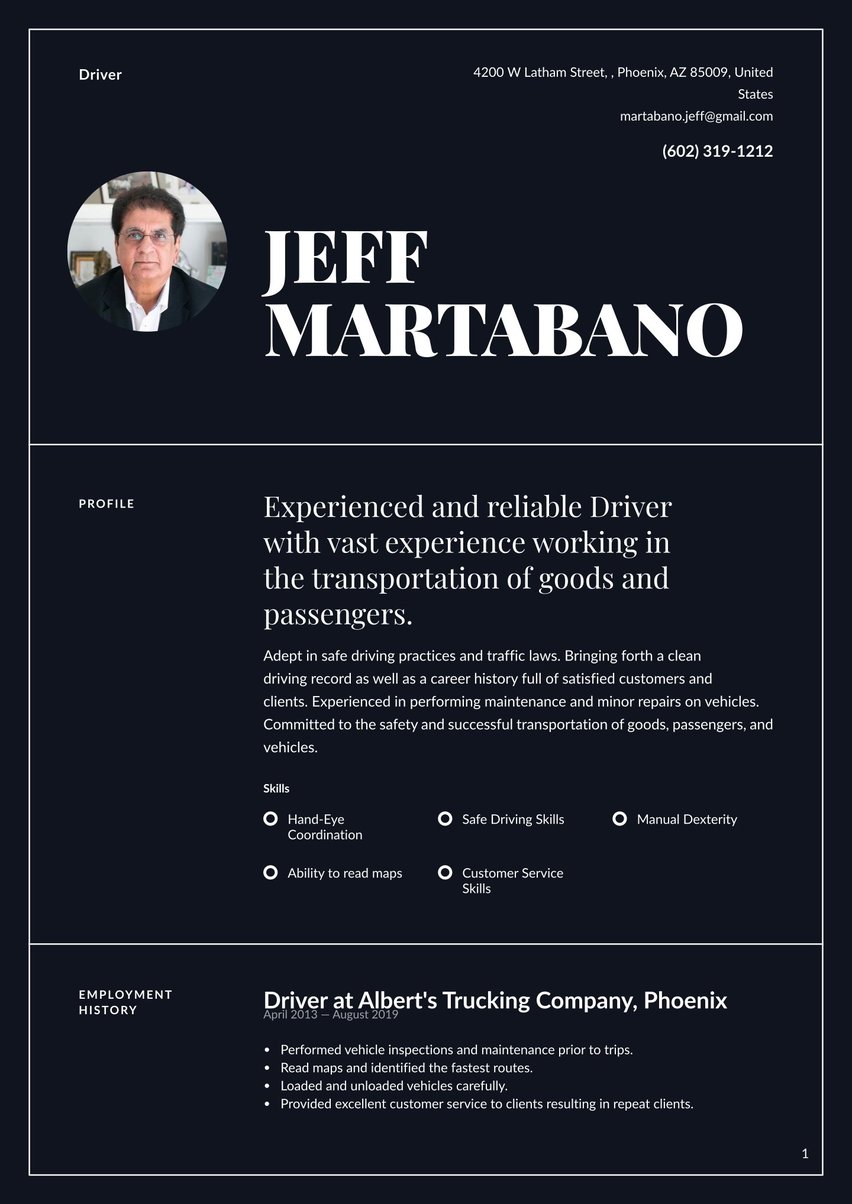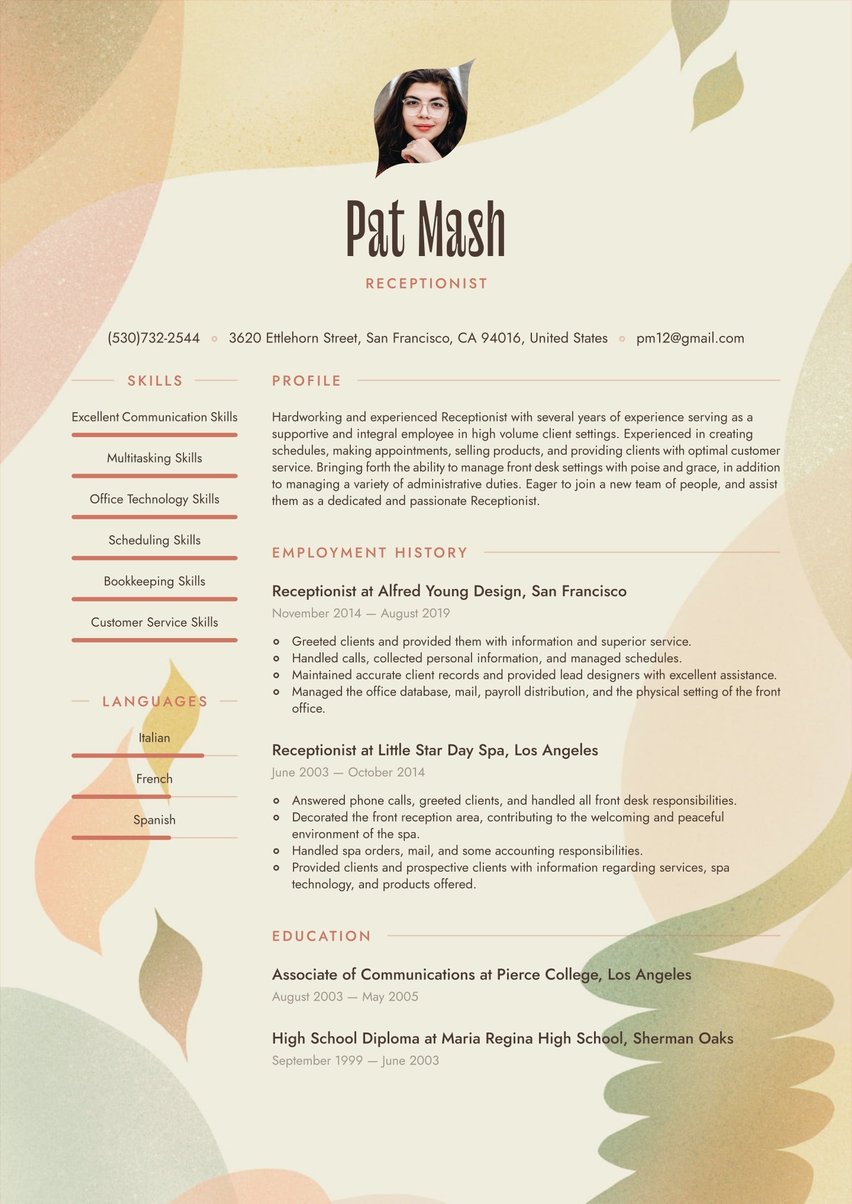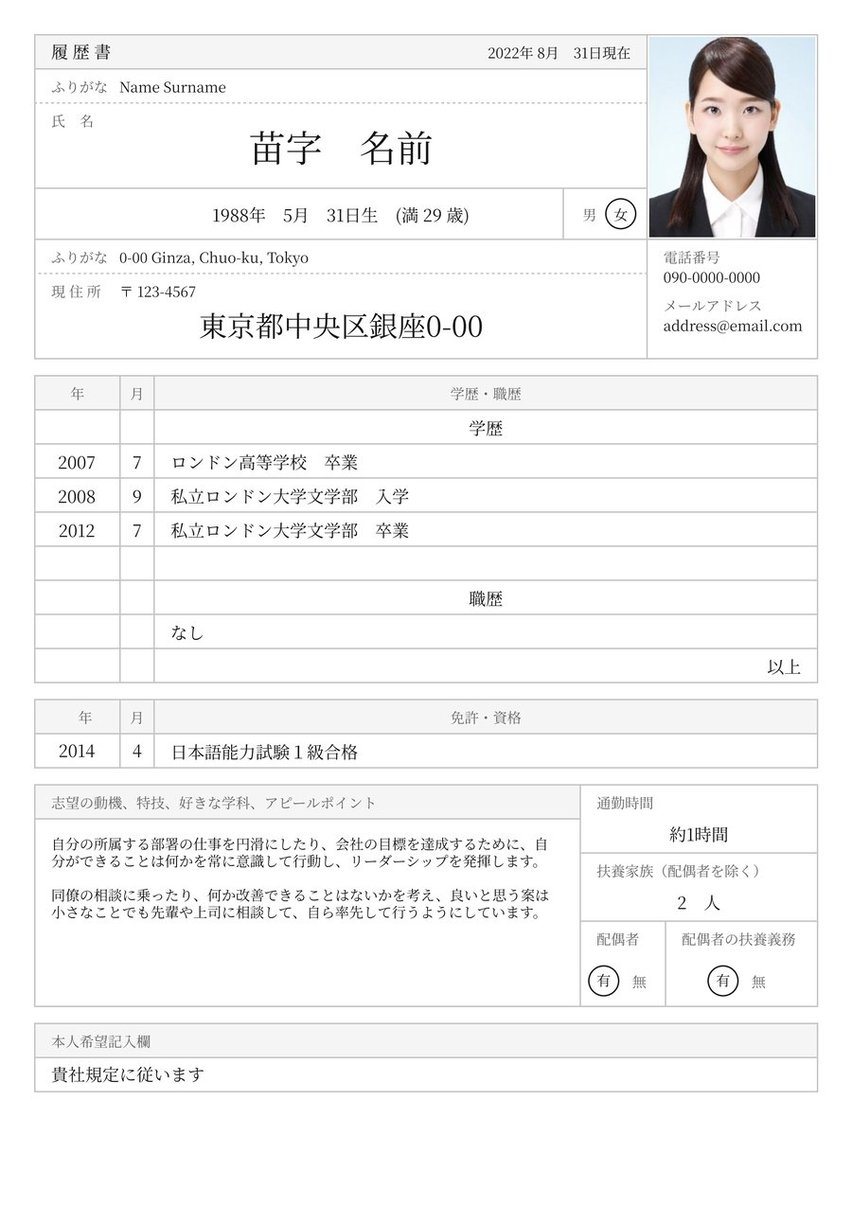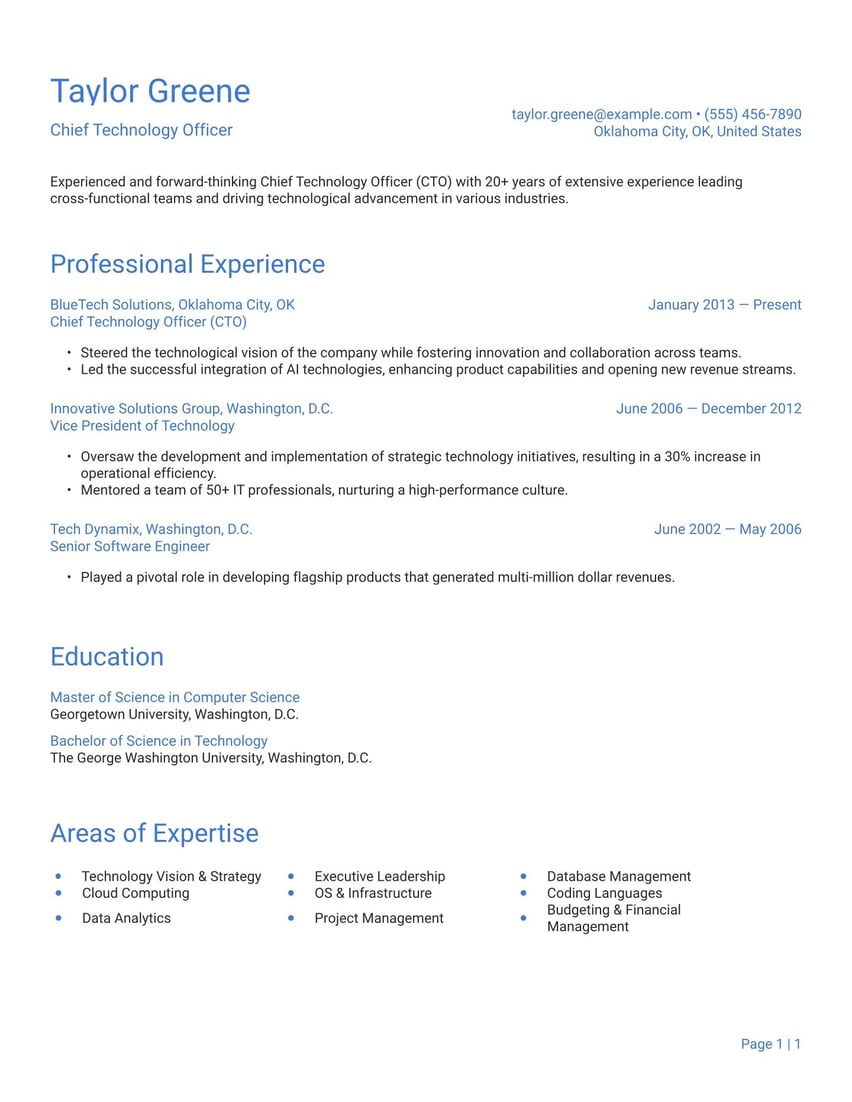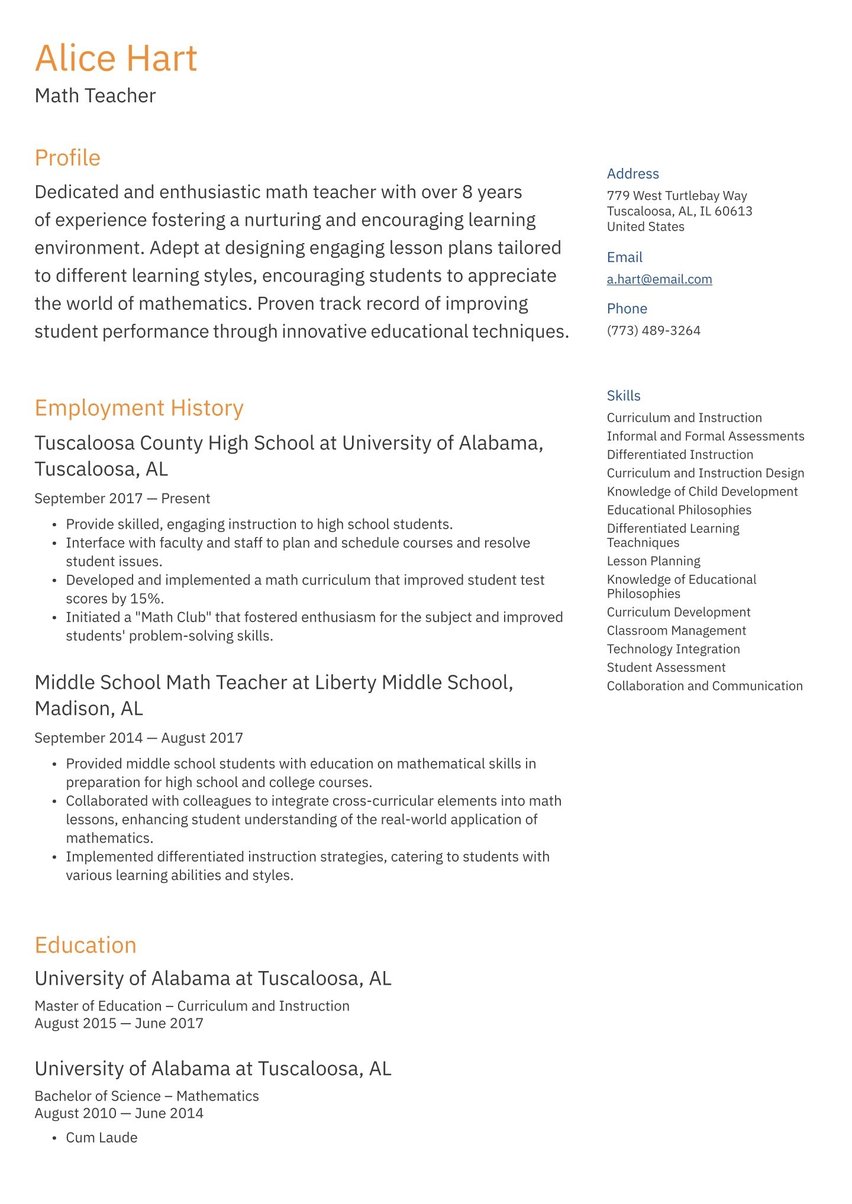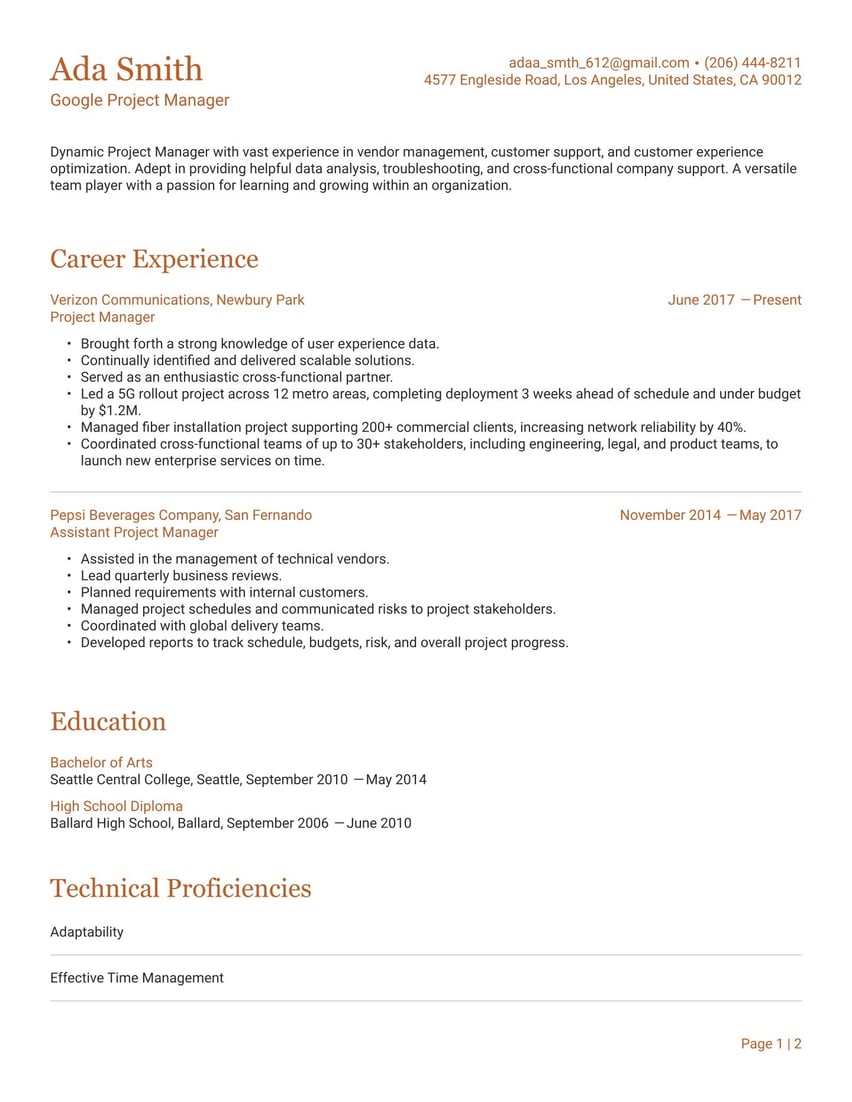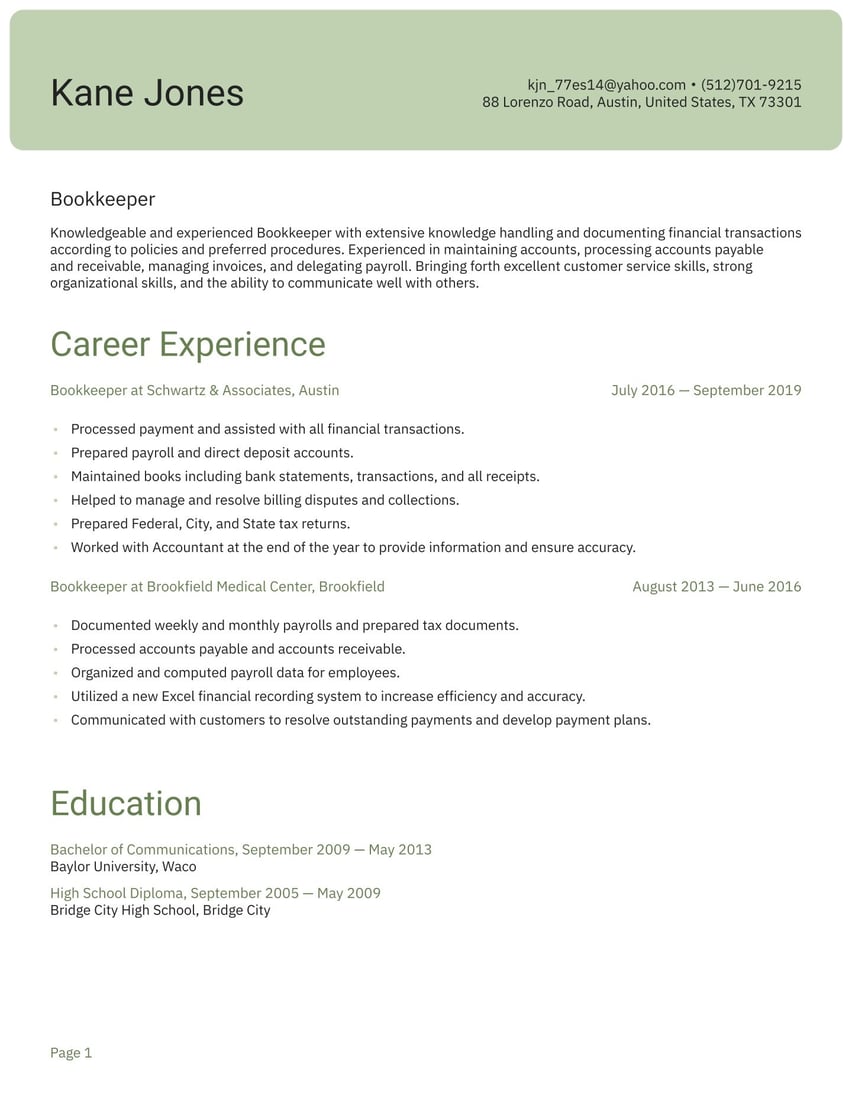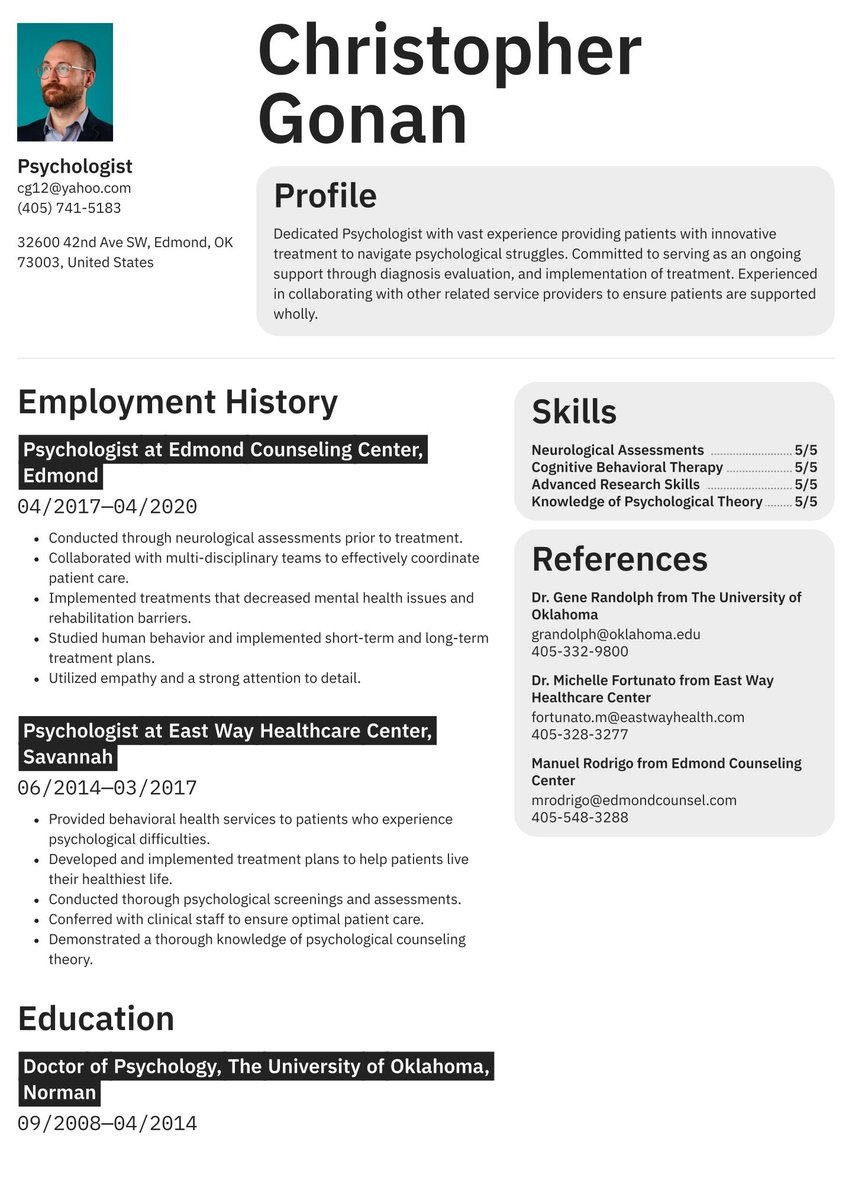05/2014 - present, History Teacher, Dumbarton Middle School, Baltimore
- Held classroom discussions throughout each unit to ensure student comprehension.
- Developed creative and engaging lesson plans to encourage student engagement and efficacy of lessons.
- Worked to ensure that state and school district curriculum standards were upheld.
- Maintained records of student grades in accordance with school guidelines.
03/2013 - 04/2014, Educational Counselor, Higher Achievement, Baltimore
- Developed and taught daily lesson plans, focusing on STEM and global learning.
- Created communication systems effective with varying age groups.
- Served as a project manager for multiple community outreach initiatives.
11/2010 - 02/2013, Secondary Education Volunteer, Peace Corps, Vanuatu
- Led Training for computer literacy program for 5 peer teachers.
- Organized grassroots financing and planning committee for women’s co-op.
- Planned and facilitated 4-day workshop for female students, emphasizing women’s empowerment and life skills.
08/2006 - 05/2010, Bachelor of Arts, History, Johns Hopkins University, Baltimore
- Spanish
- Curriculum Development
- American History
- United States History post-WWII
- Differentiated Instruction
- Student Assessment
With the right approach and a great resume, you can find a teacher position that is the perfect balance of job satisfaction and good pay. Educating the principal on your qualifications with an A+ resume will put you at the head of the interview class.
Teacher resume examples by experience level
Teaching has always been an important and challenging career path. It can also be one of the most rewarding and financially stable professions. Working as a teacher has the potential to be satisfying, as well as emotionally and intellectually engaging. But with the changing landscape of educational practices and technologies, aspiring education professionals need to adapt to the modern world.
With the right approach and a great resume, you can find a teacher position that is the perfect balance of job satisfaction and good pay.
Resume guide for a teacher resume
So, how do you write an excellent resume for a teacher? Resume.io’s expert advice guides and resume examples cover over 500 professions, and our resume builder takes the tough job of formatting and leaves the personalization to you.
This resume guide and corresponding car sales resume example will cover the following:
- How to write a teacher resume
- Choosing the right resume format for a teacher
- How to add your contact information (and what to omit)
- Using summaries
- Adding your teaching experience
- Listing education and relevant experience
- Picking the right resume design/layout
- What the teacher market looks like and what salary you can expect
How to write a teacher resume
When you teach writing, you probably include an outline step. Consider the necessary sections of any resume for a teacher as your outline. Your resume should contain the following elements:
- The resume header
- The resume summary (aka profile or personal statement)
- The employment history section
- The resume skills section
- The education section
One key difference among teacher resumes may be a publications section. Those who teach at the university level are much more likely to need to include their professional writing.
A resume is a type of persuasive essay that needs to offer strong evidence for your suitability for the position. The best arguments target the reader directly with points that are sure to hit home. Your teacher application is no different.
Research the school, its demographics and philosophy as well as the open position to understand as clearly as possible what the role entails and how your teaching expertise will enhance the student body, faculty and community as a whole.
What does this mean in practice, for you as a teacher seeking a job?
- Tailor your resume for a specific position and purpose. Start with a general resume but make sure you research the employer and customize your resume to address its needs.
- Analyze the job application/listing for specific requirements that are emphasized or mentioned multiple times.
Honing your resume for the ATS
Applicant Tracking Systems (ATS) are automated software applications used by most medium and large employers to process the hundreds or thousands of resumes before they reach their recruiters or hiring specialists. Most ATS systems work by scanning resumes and ranking them for keywords.
These keywords may be related to certifications/licenses, specific skills or qualities, job experience or other factors. ATS software is widely used by educational institutions, both in the general variety (services like RecruitCRM, TalentCube, JobItUs and others) and even the specialized variety (ATS specifically developed for schools like eTeach). In fact, many schools use school management software that helps with all operational aspects of education. These programs often have built-in ATS.
HR surveys show that, in general, 75% of resumes (U.S. data) are never seen by human eyes because they fail the ATS test, falling into a resume black hole.
Getting specific is the key to mastering the ATS.
- Instead of “Taught reading”
- Use “Implemented Mathology program and realized 11% jump in standardized test scores.
Naming software and curriculum mentioned in the job listing boosts your chances of beating the ATS and shows the hiring department that you understand the requirements of the job.
Choosing the best resume format for a teacher
Your resume format is vitally important no matter the type of teaching job you are aiming for. Not only does the resume formatting impact ATS filtering of your teacher resume, but the template visuals will affect how much attention your teacher resume receives from recruiters.
Similar to the use of keywords and your summary description, your resume format presents a dual challenge: pass the ATS filtering and win over the hiring manager. The best format for a teacher resume is reverse chronological order. This puts the information that recruiters seek – mainly your most recent position and your contact information – right where they are expecting to find it. The ATS is also designed to look for this format when it scans your education resume.
Career changers should consider a hybrid or functional style resume since they expand the space for transferable skills, or skills that you used in your previous career that will make you a great teacher.
Include your contact information
How many times have you drilled into your students’ heads that papers with no names on them will receive zero credit? Of course, you wouldn’t do that on your teaching resume, but there are considerations for your header.
The goal of the header is to provide the best methods to contact you using the most professional presentation. Definitely include the following:
- Full name and title. List your first and last name. If you have earned a doctorate, feel free to use Dr. Also list the title of the role you are pursuing.
- Professional email address. If you don’t have one, create an email address with a format such as firstname.lastname@gmail.com.
- Phone number. Avoid using your work number and instead choose your cell phone, making sure you check it frequently.
- Address. Your street address should not be included. List only your city and state. If you are applying to positions outside your commutable area, let your prospective employer know that you are willing to move by stating that here.
- LinkedIn. If your LinkedIn profile is up-to-date include it here.
Do not include any personal information such as your social security number, marital status or date of birth. Definitely don’t put a portrait on your header. HR personnel want to avoid any appearance of bias.
Dr. Hannah Jonas
Professor of integral calculus
(415) 612-0045
drhjonas@yahoo.com
San Mateo, CA
Willing to relocate
Dr. Hannah Jonas
Looking for position as professor of integral calculus
(415) 612-0045
drhjonas@yahoo.com
914 24th Street, San Mateo, CA
Make use of a summary
The summary (or profile) section of your teacher resume is a snapshot of both your personality and your professional qualities. It allows you a bit of leeway (about four sentences) to tell your teaching story and express your classroom style. Give it some energy.
The summary (also known as the profile or the personal statement) is the only place on your teacher resume where you can realistically employ some creative writing skills, adding energy and personality to gain a competitive edge.
Here are two goals for your teacher resume summary:
- Convey the most important hand-picked information about your past career, qualities and achievements.
- Tell your future employer how you can contribute to its school or business as an amazing teacher.
In most cases, the summary is going to be prominently featured at the top of your resume. It’s prime “real estate” on your single page of professional characteristics. Make it count. The idea is to have it describe an actual living person, avoid clichés and provide a window into your professional character as a teacher. Action verbs are great for this. Here are some sample sentences that you may be able to adapt to your own teacher resume summary:
- Established a warm, caring and friendly environment for kids to develop and learn in the classroom.
- Supported parents and children in my class in navigating through early childhood development.
- Employed advanced teaching techniques based on kids’ neurobiology and childhood psychology to make sure my pupils had the best learning environment possible.
- Published paper detailing research results in professional journal.
Don’t include obvious phrases like “able to rise to the challenge” or “can adapt to stressful situations.” Phrases like these are either expected by the employer as a given or make it sound like you have nothing real to say about your professional qualities/achievements.
If you’re feeling a bit lost when trying to come up with your 3- to 4-sentence summary, try looking at your experience, skills and certifications, and cherry-pick the most impressive ones. Additionally, try to evaluate what aspect of your career or professional personality is strongest. Is it your knowledge and education? Is it your skills and qualities? Is it your experience as a teacher? Based on this, you can determine whether your resume summary is one of the following examples:
- Knowledge-oriented: if your strongest professional features are your education, expertise in certain areas, certifications and so on, mention these first and make them prominent.
- Skills-oriented: If you’re a natural or acquired talent in some areas and tasks, proven by your former coworkers, students and students’ parents, highlight these aspects of your career.
- Experience-oriented: If you’re a seasoned veteran, with a wealth of experience in numerous jobs and schools, underline this fact to show how valuable and reliable you would be.
Need inspiration for your summary? Check out our more specific teacher resumes:
- Early Childhood Educator resume sample
- College Student resume sample
- Student resume sample
- Academic Librarian resume sample
- Health Educator resume sample
- ESL Teacher resume sample
- Tutor resume sample
- Teacher Assistant resume sample
- Substitute Teacher resume sample
- Middle School Teacher resume sample
- Elementary School Teacher resume sample
- College Professor resume sample
- Internship resume sample
- High School Teacher resume sample
- Academic Tutor resume sample
- College Admissions resume sample
- Academic resume sample
- Education resume sample
- Research Assistant resume sample
- Teen resume sample
- School Counselor resume sample
- Instructional Designer resume sample
- Camp Counselor resume sample
- Special Education Teacher resume sample
You can find adaptable teacher resume example summaries below:
Enthusiastic middle school science teacher brimming with ideas and ready for my own classroom. Strong belief that every student is a budding scientist who simply needs inspiration. Experienced in data collection, curriculum differentiation, and consistent communication with parents, guardians, and colleagues.
Dedicated and dynamic certified Childhood Educator with several years of experience working to facilitate the highest level of learning possible. Adept in differentiating curriculum to meet the needs of all students, while ensuring the mastery of specific learning standards.
Experienced and passionate Teacher with a love for educating today's youth. Adept in creating a comprehensive and well-rounded curriculum that meets education requirements and standards. Able to act as a facilitator of powerful learning experiences, while allowing students to dictate certain lessons and lead with curiosity. Familiar with many renowned educational philosophies aimed at supporting a child academically, emotionally, and socially. Bringing forth dedication, skill, and the desire to positively impact the lives of children.
Outline your teaching experience: your career syllabus
The employment history section is the core of an experienced teacher resume. It ties everything together by listing and quantifying (when possible) the successes you have already achieved in your teaching career. Make sure it’s the most robust and detailed resume section you have.
Each of the entries in this section should ideally include the following:
- Position / job title
- Organization / workplace name
- Location
- Dates of employment
- Short descriptive examples of the most important duties, achievements, metrics, projects
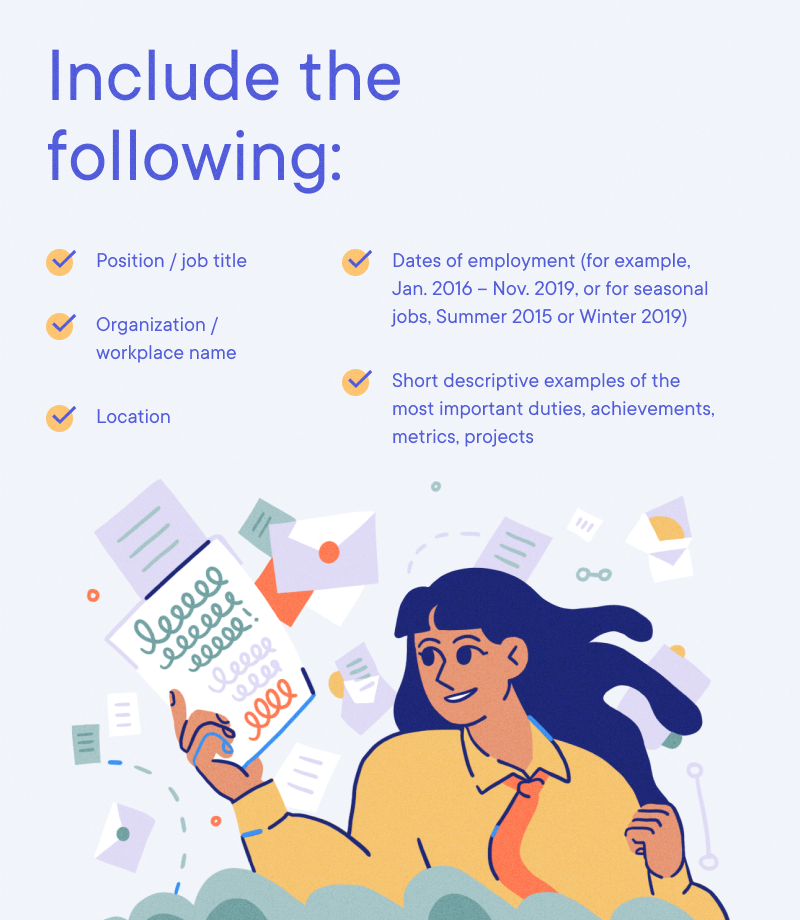
The best way to show how productive and industrious you are as a teacher is to offer facts, figures, numbers and project names wherever possible.
Here are ideas for a preschool teacher resume employment section. Note the strong action words and variety of skills demonstrated.
- Served as a passionate and dynamic Lead Teacher for students ages 3-5.
- Created and implemented stimulating curriculum, aimed at supporting the appropriate learning standards.
- Supported the academic, emotional, and social growth of students.
- Maintained positive communication habits with parents and families.
- Collaborated with staff and administrators to enhance programs and remain united in our goals.
And for an elementary school teacher:
- Worked to empower two classes of fourth grade students by motivating them to become lovers of learning.
- Created and implemented lesson plans that supported fourth grade learning standards.
- Developed and implemented cross-curriculum lessons to support multiple academic disciplines simultaneously.
- Communicated with parents and families using an online portal, complete with documentation of class learning experiences, activities, and events.
Below you will find a sample teacher resume work experience section.
Early Childhood Teacher at The Seed, Brooklyn
September 2015 - Present
- Provide optimal care and academic support to students aged 1-3 years.
- Create and implement lesson plans based on child-led interests and curiosities.
- Encourage students to actively play and explore new things with fellow classmates.
- Maintain organized files for each student containing documents indicative of their progress.
- Facilitate outdoor learning experiences and the involvement of nature as much as possible.
- Follow school policies and regulations regarding safety and school procedures at all times.
Early Childhood Teacher at The Ridge Hill School, New York
September 2013 - May 2015
- Developed and implemented a well-rounded curriculum designed for students aged 1-3.
- Encouraged the social development of students by facilitating meaningful opportunities for play.
- Encouraged students to engage in the world by introducing them to interesting and thought-provoking subjects.
- Created and fostered positive relationships with parents and family members of students.
- Provided various hands-on activities to promote critical thinking skills.
- Monitored and recorded the progress of students and created plans for improvement.
Build a snapshot of your key teaching skills
The skills section is one of the shortest parts of your teacher resume. There isn’t much room to elaborate. Make each item count towards your shining professional teacher toolbox. Recruiters are likely to scan this section first to see if they want to read on.
The skills section is used by recruiters (as well as ATS software) to evaluate how productive and versatile you will be as a teacher in both your day-to-day activities and in challenging situations. Unlike the summary, you don’t have much room to be creative in this resume section. There isn’t much “real estate” here to expand upon, so each skill needs to be carefully evaluated to determine whether it should take up precious space on your resume.
According to DATA USA, the most highly valued skills by employers of elementary and middle school teachers are related to these general categories:
- Learning Strategies
- Instructing
- Speaking
- Social Perceptiveness
For preschool teachers, the skill categories are similar but with an additional emphasis on Organizational and Monitoring skills, as young children require constant attention.
You’re likely familiar with the concept of hard and soft skills, but to reiterate the general rule of thumb: hard skills relate to very specific and pragmatic activities, for example: knowledge sets, software, sciences or methodologies. Soft skills mostly relate to personal interaction – examples include emotional intellect and communication. Try to aim for a good balance of both categories in your teacher resume.
Teaching skills
List the education that elevates your teacher candidacy
The education section of a teacher resume should be crafted with care, as this is your field, but keep it short, listing only your schools and degrees. If you have earned a postsecondary degree, it’s generally considered unnecessary to mention your high school.
Be meticulous in ensuring you have clean formatting in this resume section, clear and concise descriptions and any relevant licenses and educational awards that demonstrate your aptitude as a teacher. Teaching is a profession that places a certain amount of emphasis on certifications and licenses. The most prominent of these should be mentioned in your resume summary, and the rest should go here.
Professional development and publications
All teachers must complete hours of professional development to maintain their certifications. If you are particularly active, have designed and presented at seminars or completely relevant seminars or coursework outside your degree, include a separate Professional Development section.
Postgraduate teachers are often required to publish, but even if you are work at a lower level, any academic or education articles you have published are worthy of highlighting. If you have the space, create a separate Publications section.
Bachelor of Science in Early Childhood Education, Hunter College, New York
August 2013 - May 2017
High School Diploma, St. Catherine's High School, New York
September 2009 - June 2013
- Graduated with High Honors.
Choose the right resume layout and design for a teacher resume
While you want to gain the attention of recruiters, you should also exhibit restraint in the design of your teaching resume, especially if you are teaching at the high school level or above. Elementary and preschool teachers can be a bit more creative.
To optimize the design of your educator resume for recruiters and HR departments, follow these tips:
- Make sure to include some white space between your resume sections. A resume that is completely covered in text leaves no room for the brain or eyes to rest.
- Make sure the sections of your resume are clean, symmetrical and well-placed. An aesthetically pleasing format will make recruiters more likely to read your resume.
- Use professional resume templates that have been tested and designed by experts. Make sure your template expresses your values and personality as a teacher.
Keep it simple - there is no need for your resume to be creative. Clear and concise is all that is required.
Ensure your resume is spaced out well and that it is clear and easy to read.
Write a resume that is more than two pages long. Recruiters simply don't have the time to read pages and pages.
Use tables and graphs, or any images on your resume. Text only is fine.
Because your resume format is so important in creating a great first impression as a teacher, you're going to want to place a lot of emphasis on its design and style. If you have graphic design experience, you might enjoy designing a CV yourself. If not, professional templates can make putting together your resume a much easier affair.
Resume.io offers a variety of teacher resume templates for all types of positions: Professional for formal workplaces, simple for new teachers or teaching assistants and modern or creative templates for more forward-thinking employers.
Choose the resume template that works for you and then edit the sample sentences inside of our convenient resume builder. Our resume templates are designed to provide a foundation – you make them your own!
Teacher job market and outlook
Teachers are one of the most varied and flexible professions out there, both in terms of job experience and the varied backgrounds that teachers come from. According to National Center for Education Statistics data, while the average age of elementary, middle and high school teachers is around 42, the age range is quite wide: from 19 all the way to 86. If you’re just starting out or are making a career change to education from another field, it’s completely acceptable to list marginally related work experience.
Remember that schools are not the only organizations that hire teachers. According to the U.S. Bureau of Labor Statistics, the three runner-up employer categories are: the executive branch of the federal government, educational support services and performing arts companies. If you’re submitting a resume to one of these alternative categories, make sure to tailor it to your potential employer. Do your research.
Let’s start at the beginning and take a look at some sample data from the teacher job market of recent years. Here’s what the ranking of different categories of teachers looks like based on job market growth (according to U.S. Labor Department statistics):
- Elementary school teachers (+1% jobs per year)
- Secondary school teachers (+1% jobs per year)
- Preschool teachers (+3% jobs per year)
- Special education teachers (no change)
- Postsecondary teachers (8% per year)
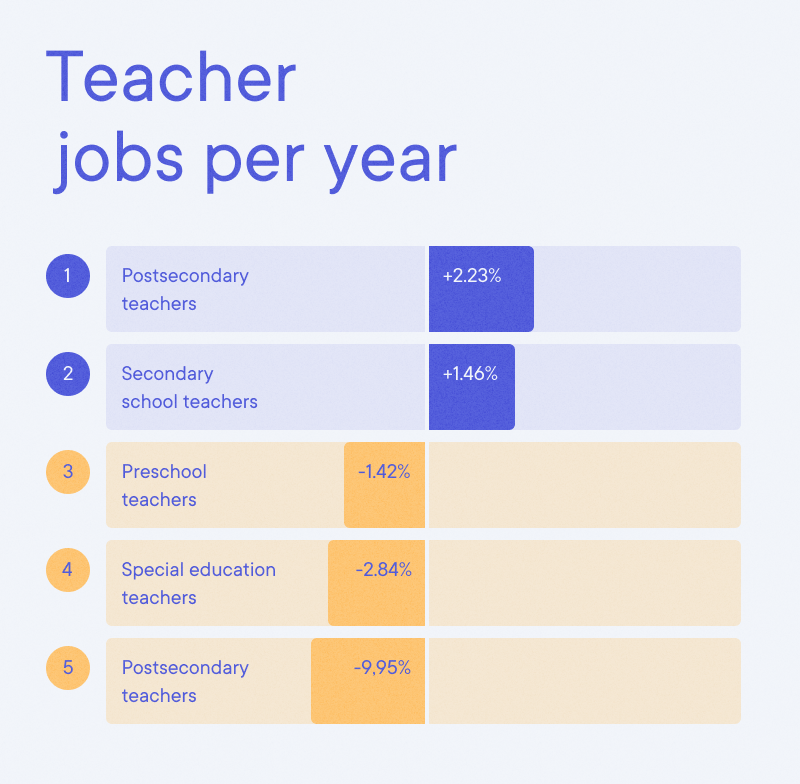
What type of salary you can expect in teaching
Title
A teaching resume for a postsecondary professor will look different from that of an elementary school teacher. Keep the environment in which you want to teach at the forefront as you develop your application.
Key takeaways for building a teacher resume
- To land an interview and a great teaching position, tailor your teacher resume for each application. This will greatly increase your chances.
- Pay attention to your teacher resume format and choose the right resume template both for the sake of passing the ATS test and impressing hiring managers.
- Your summary/personal statement is there to convince your potential employer you are a productive, knowledgeable and reliable teacher.
- Craft a robust employment history section by using reverse chronological order and supplying examples of results, facts and achievements.
- In your skills section, try to organically use sample keywords found in the job description.
- Show some love to your education section, as this is your own field as a teacher.


.jpg)

.jpg)












